The 1980s began with the Bronx still grappling with the aftermath of the 70s. Abandoned buildings remained a grim reminder of the devastating fires, and poverty rates continued to climb. Crack cocaine infiltrated the borough, fueling violence and deepening social issues. Yet, despite the hardships, the Bronx spirit refused to be extinguished.
The Crack Epidemic
The 1980s brought a new set of challenges to the Bronx with the rise of the crack cocaine epidemic. This crisis exacerbated the existing issues of drug abuse and drug-related crime, putting further strain on communities already facing economic and social hardships. The epidemic also stretched the resources of law enforcement and public health services, highlighting the need for comprehensive approaches to drug addiction and its root causes.
Recovery from Urban Decay
The 1980s witnessed significant efforts to address the urban decay that had plagued the Bronx in the 1970s. Initiatives led by community organizations, coupled with city and federal funding, focused on rebuilding and rehabilitating neighborhoods. Projects aimed at affordable housing development, such as those undertaken by the New York City Department of Housing Preservation and Development, started to replace or restore the burned-out buildings and vacant lots that had become all too common in the landscape.
Hip-Hop Takes the World Stage
Music continued to be a powerful source of expression and identity. Hip-hop, born in the Bronx in the 70s, exploded onto the global scene in the 80s. Iconic groups like Run-DMC, Public Enemy, and the Sugarhill Gang pushed musical boundaries, addressing social injustices and amplifying the voices of the Bronx. Breakdancing crews like Rock Steady Crew and the Zulu Nation defied gravity, captivating audiences worldwide.
Graffiti as Art Form
Graffiti, once seen as vandalism, evolved into a vibrant art form. Artists like SEEN, TAKI 183, and Lady Pink transformed subway trains and abandoned buildings into canvases, expressing their struggles and dreams in bold colors and intricate designs. This artistic expression, though initially controversial, gained recognition and paved the way for future street art movements.
The Bronx Bombers Return to Glory
After a two-decade drought, the Yankees, led by legends like Reggie Jackson and Dave Winfield, brought baseball glory back to the Bronx. Their 1977 and 1978 World Series victories provided a much-needed boost of morale and a shared sense of pride for residents.
From Hip-Hop to Hollywood
The Bronx’s stories began to reach a wider audience. Movies like “Wild Style” and “Beat Street” showcased the borough’s vibrant hip-hop culture. Hip-hop artists like LL Cool J and Afrika Bambaataa became cultural icons, inspiring youth around the world. This newfound visibility helped challenge negative stereotypes and raise awareness of the Bronx’s struggles and resilience.


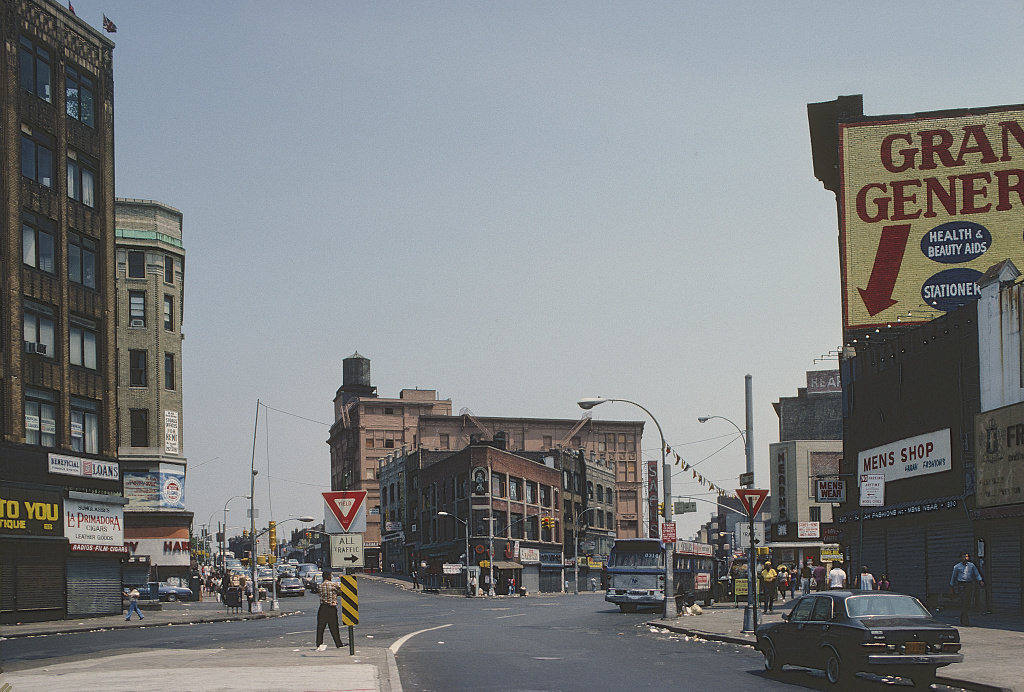
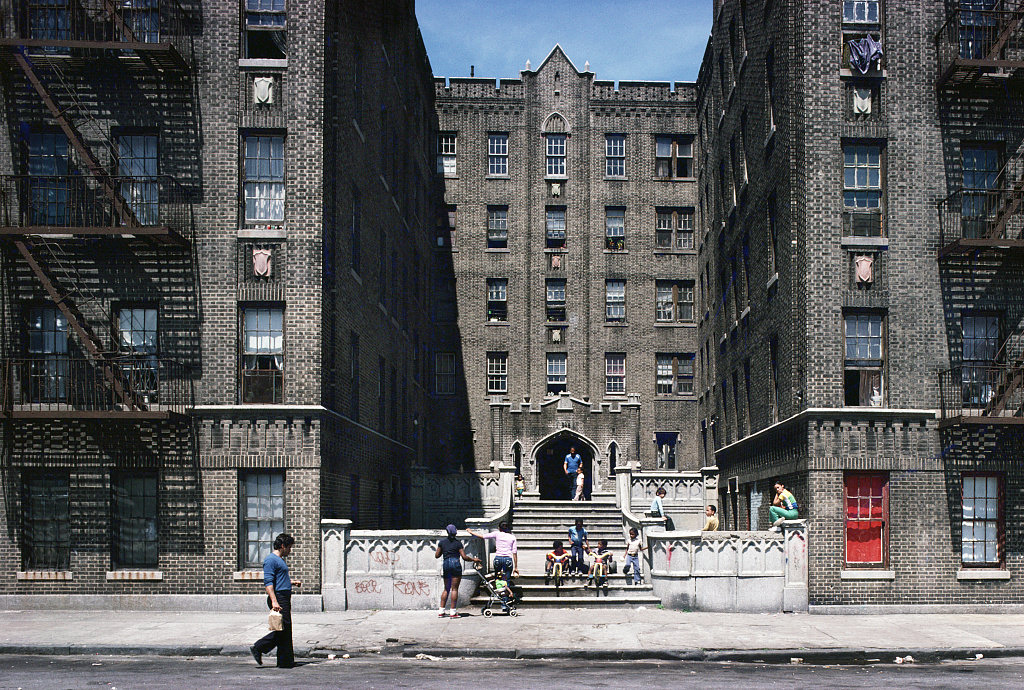

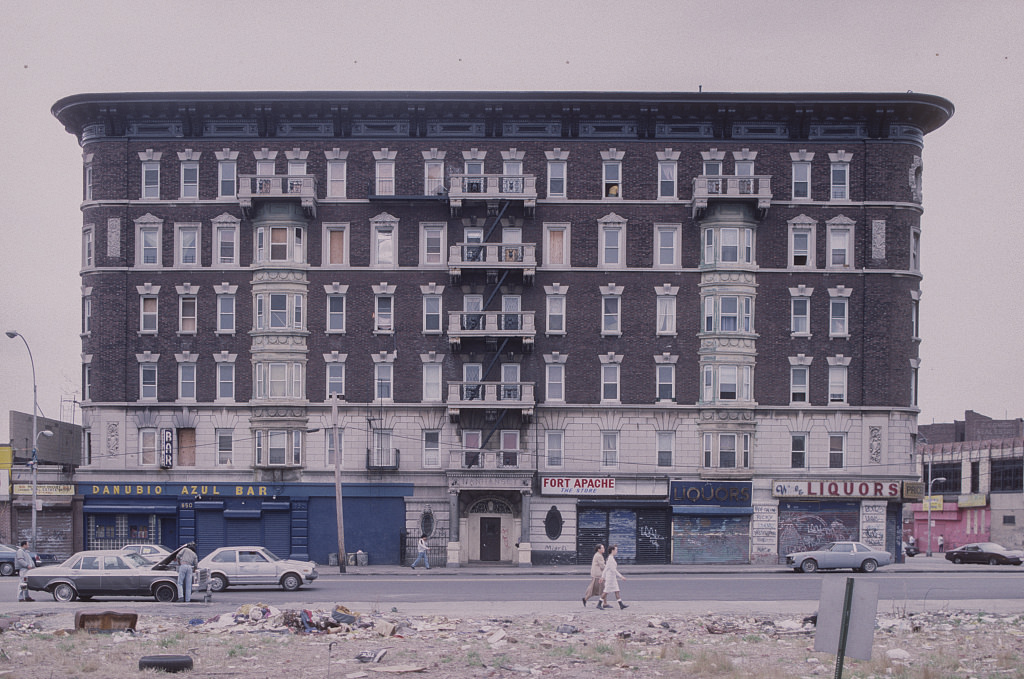
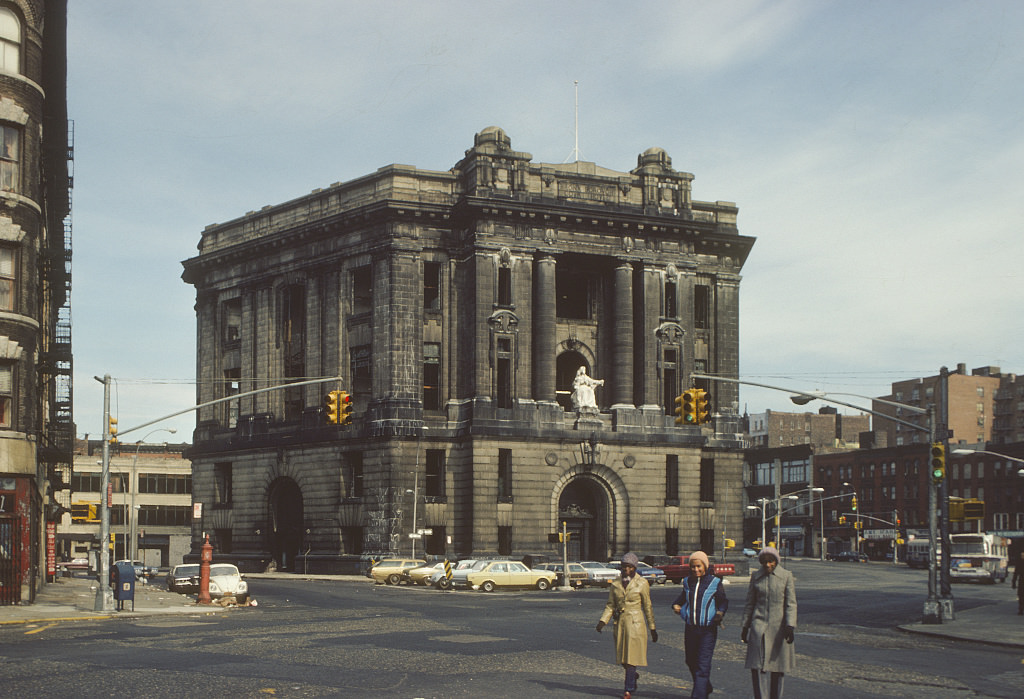
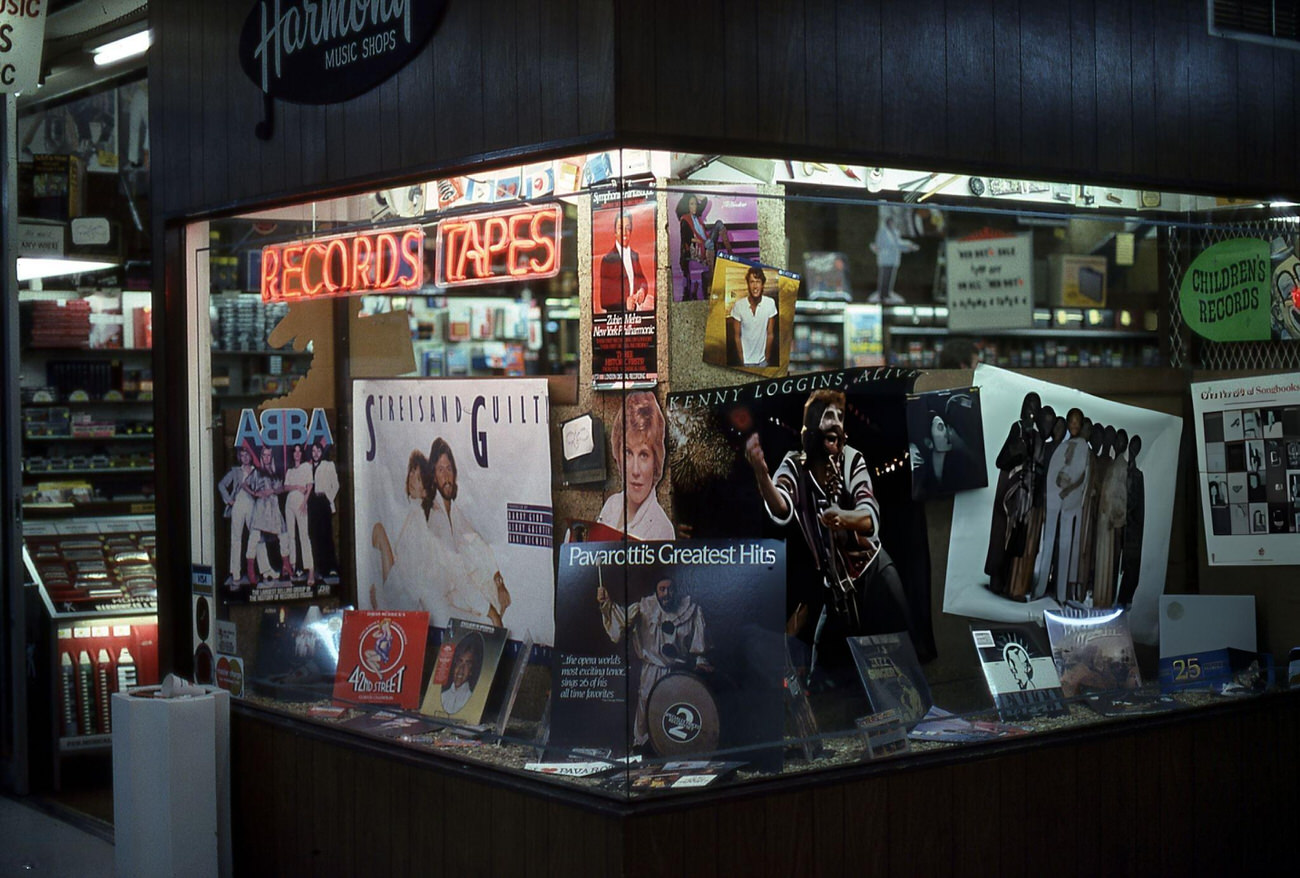
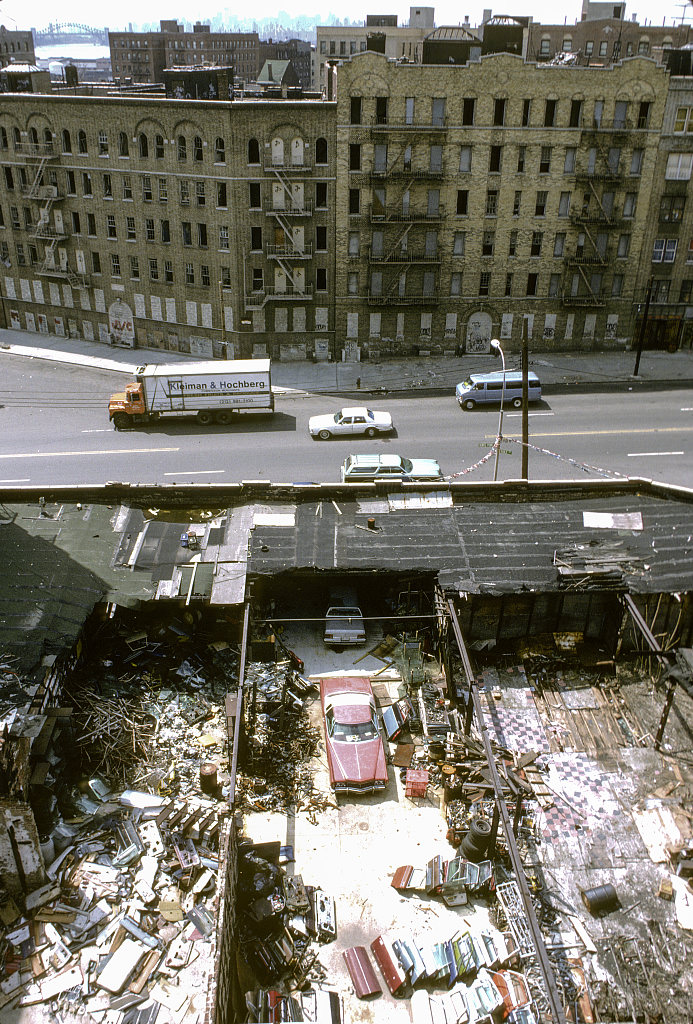
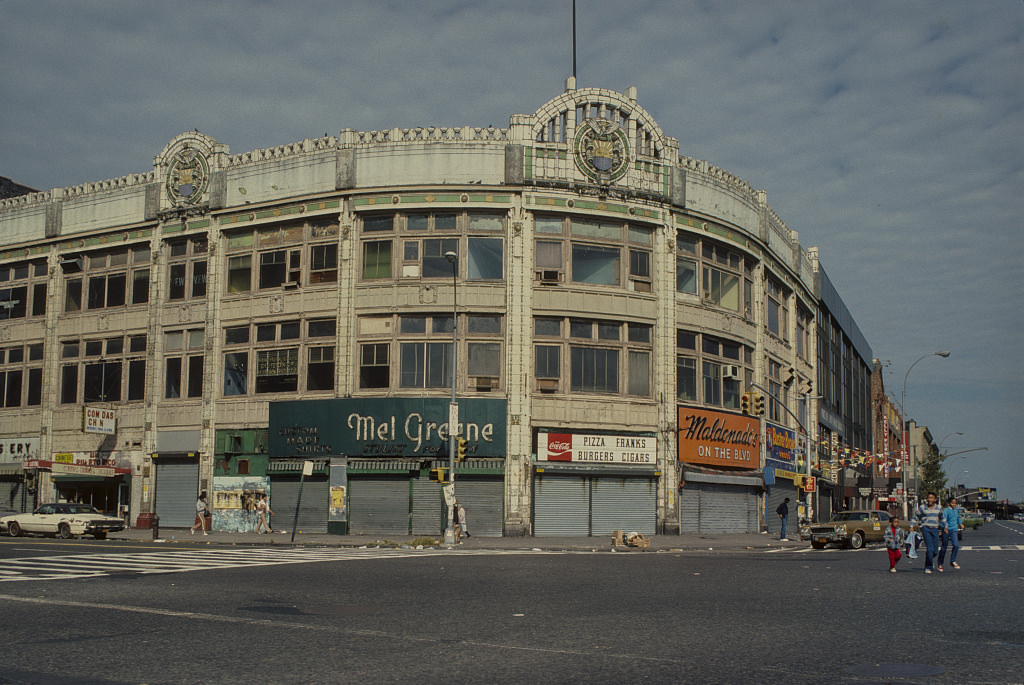
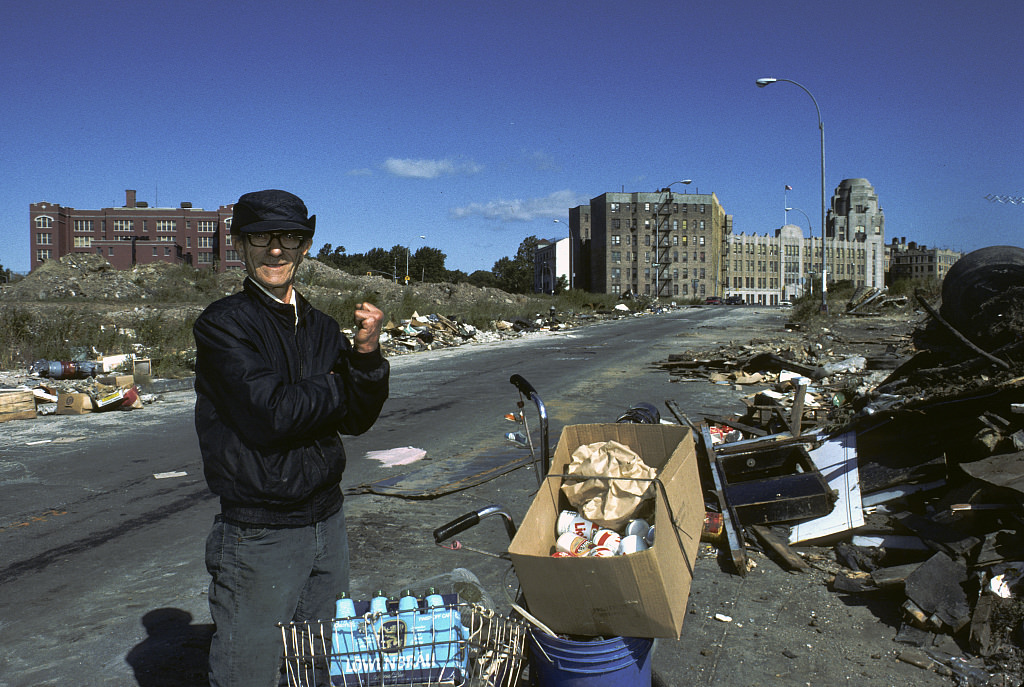
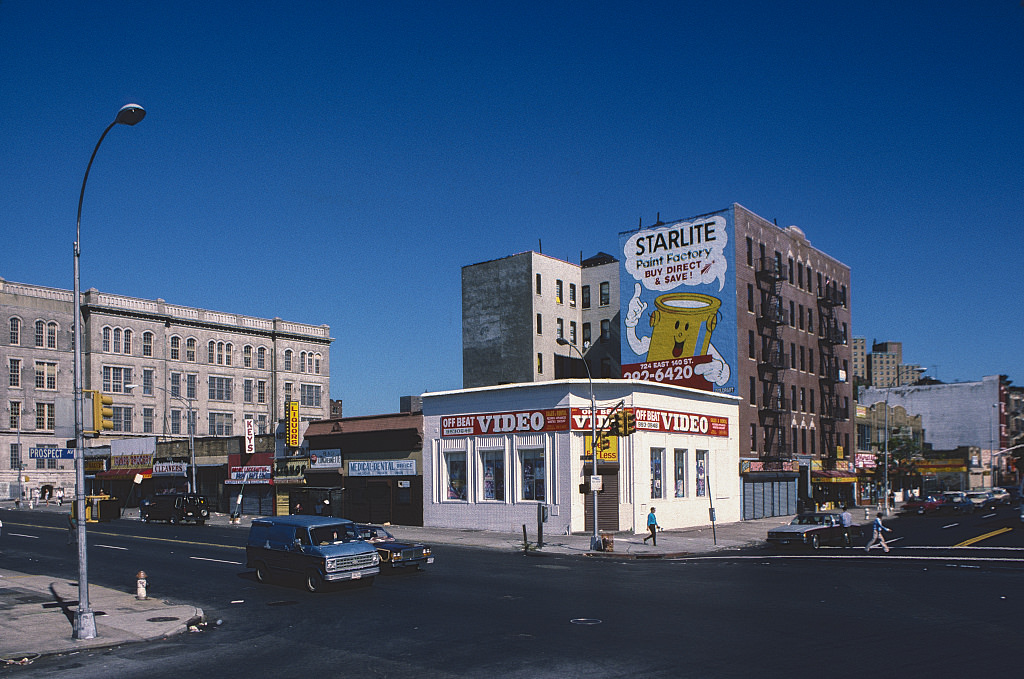
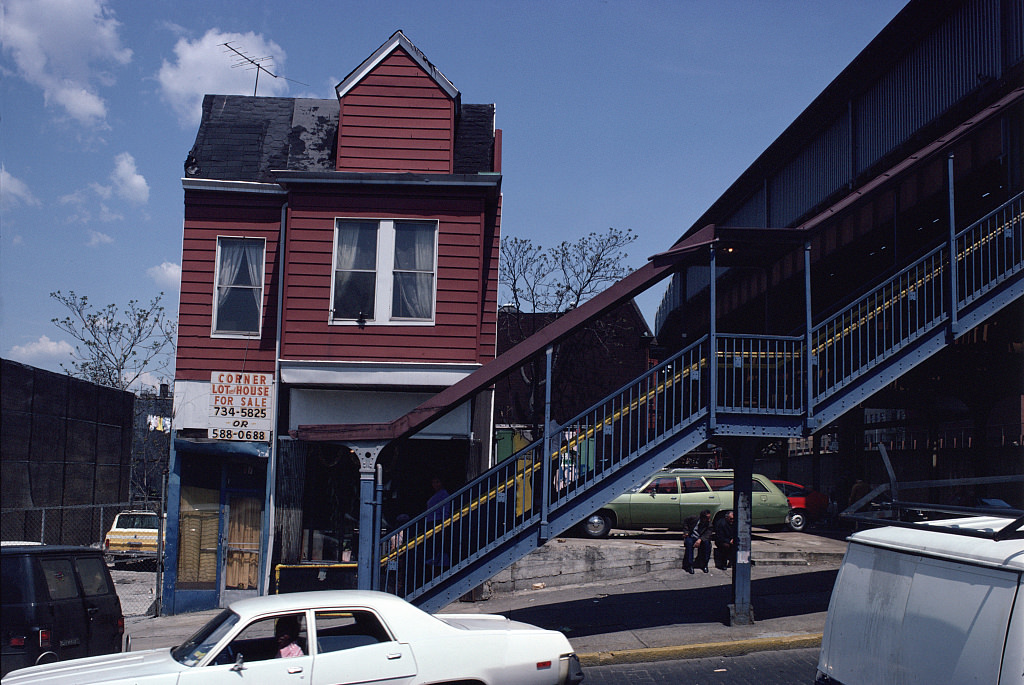
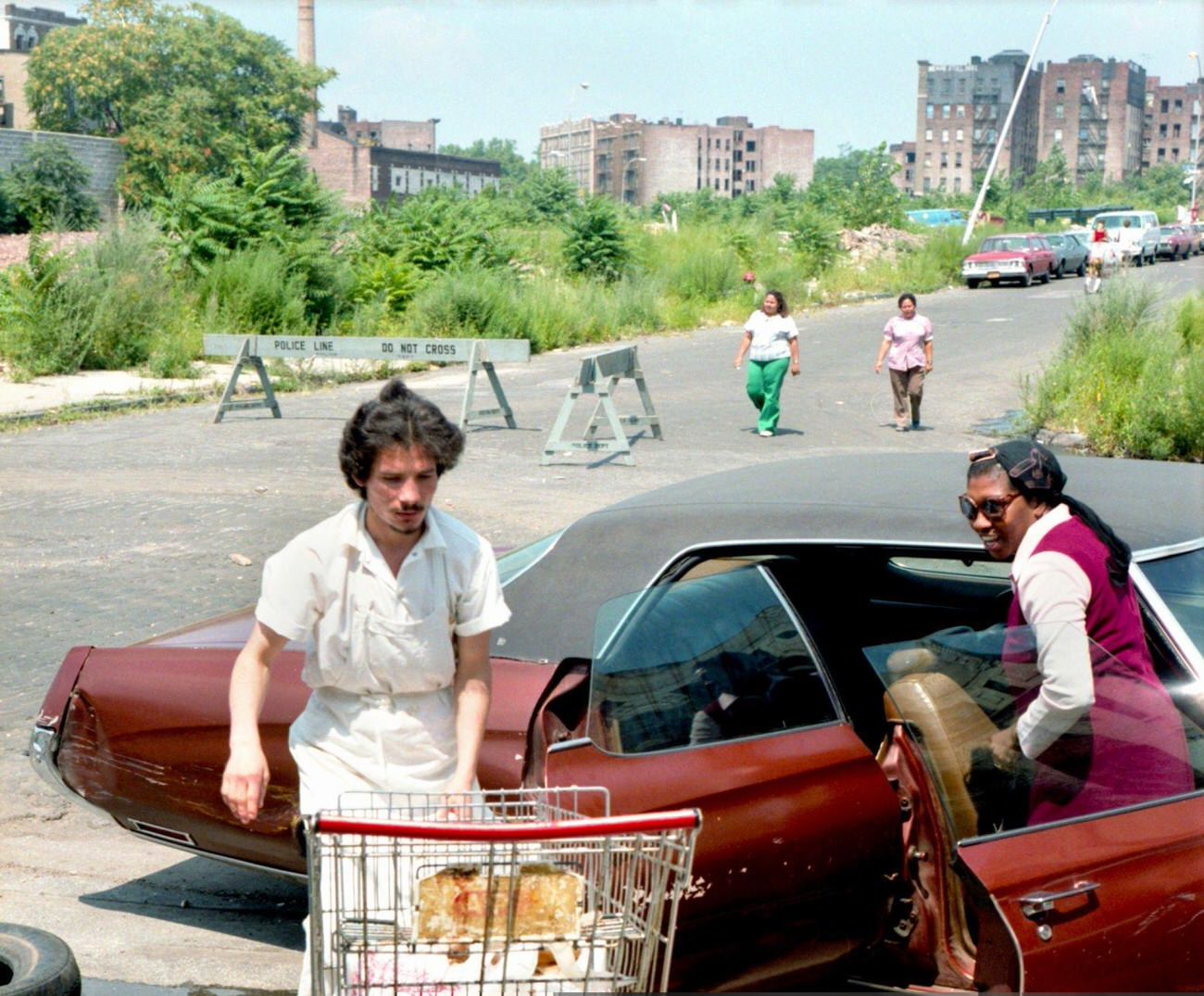
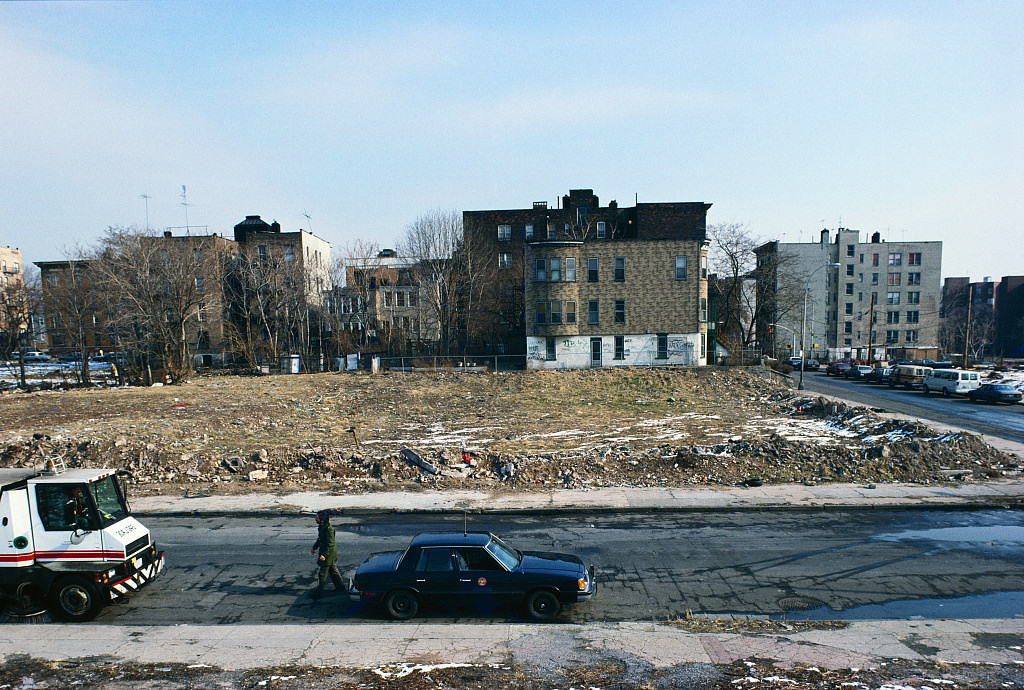

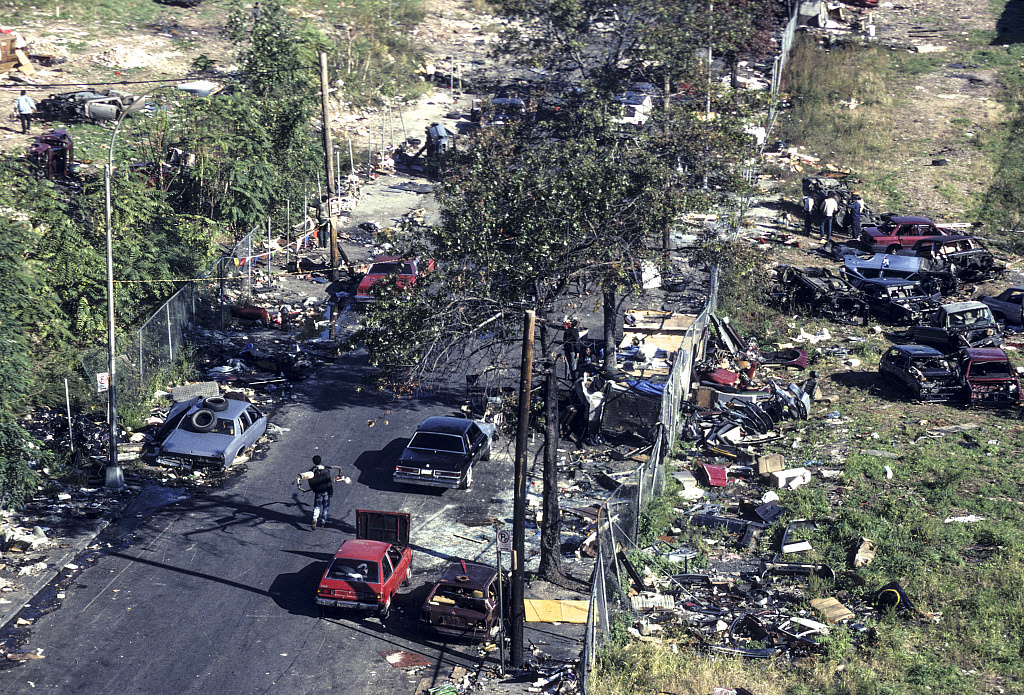
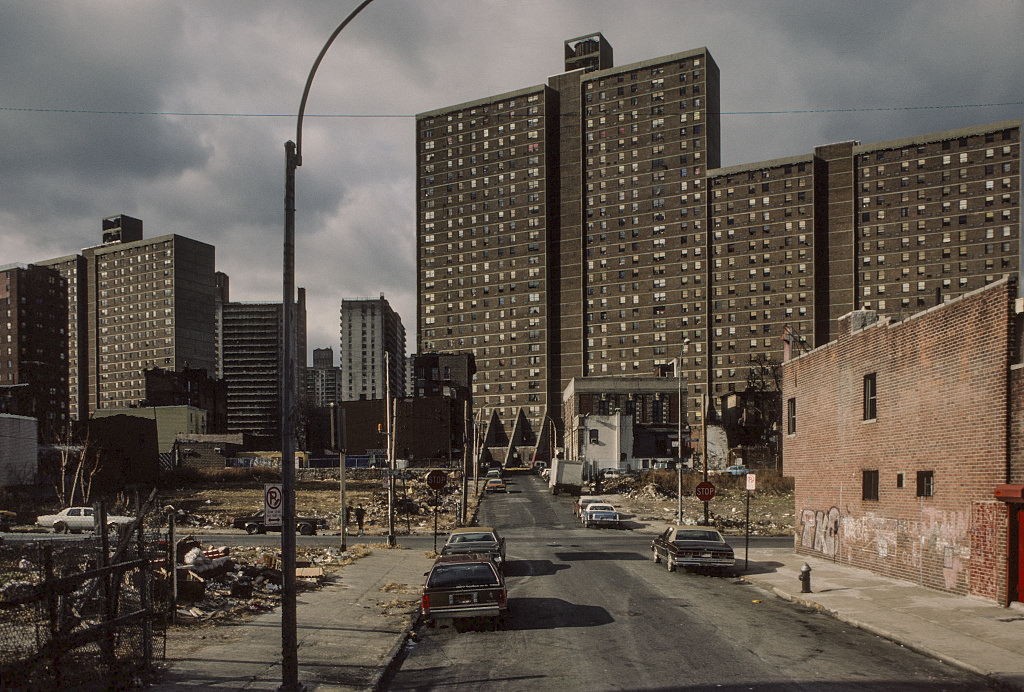
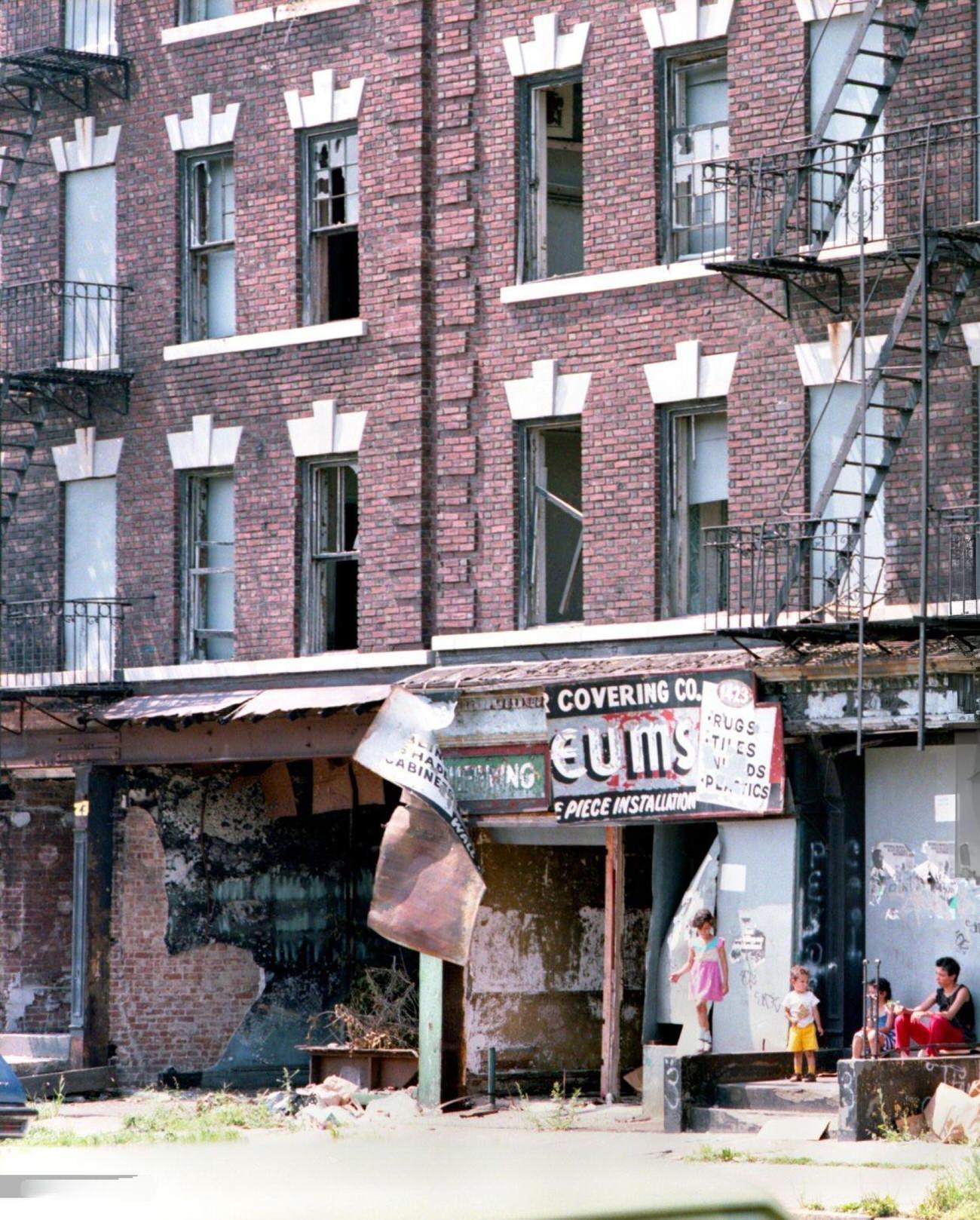
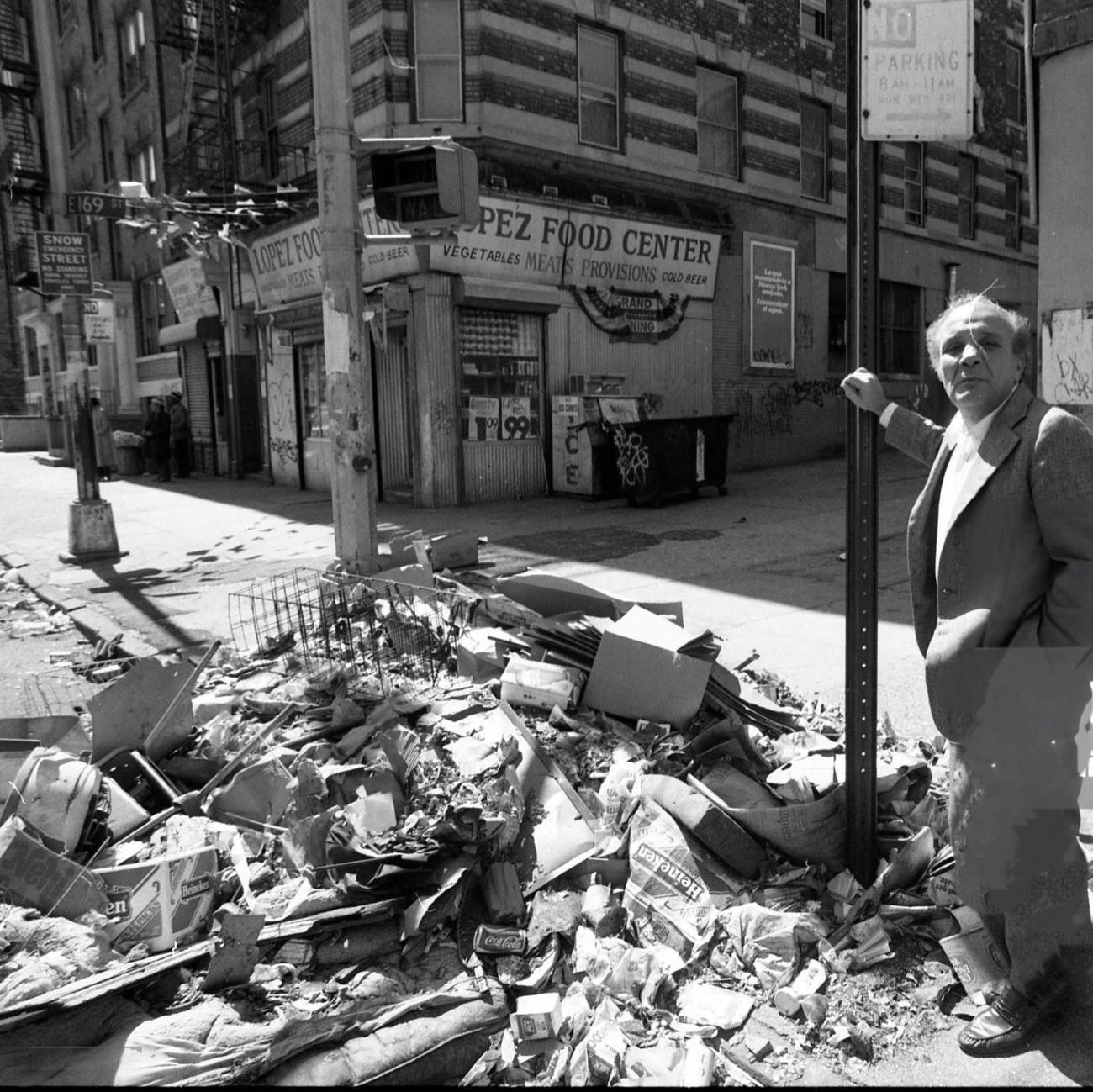
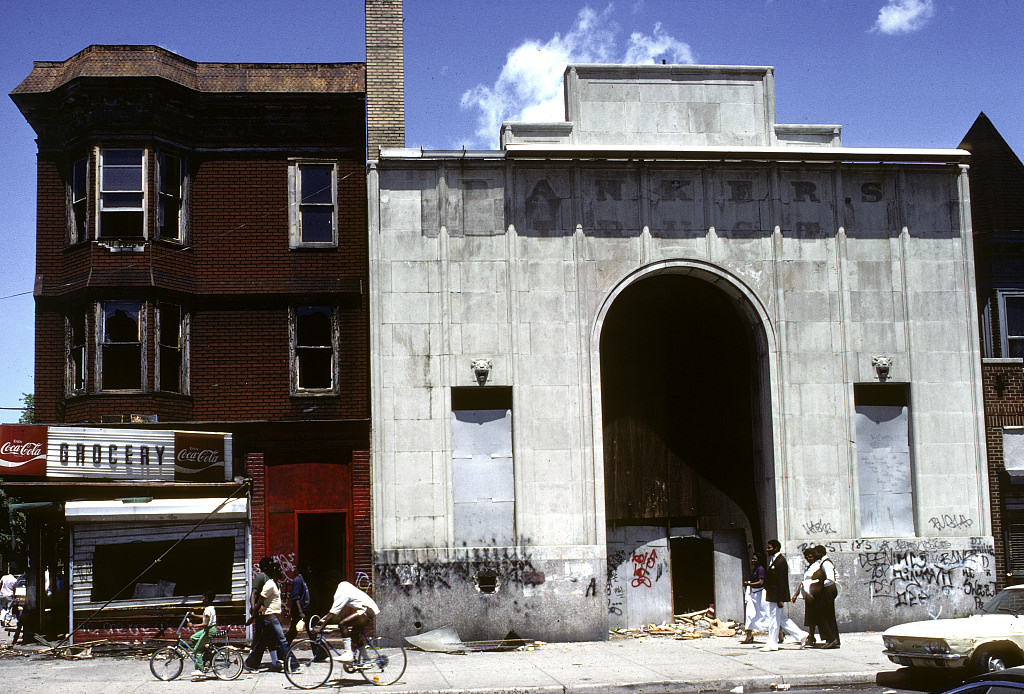
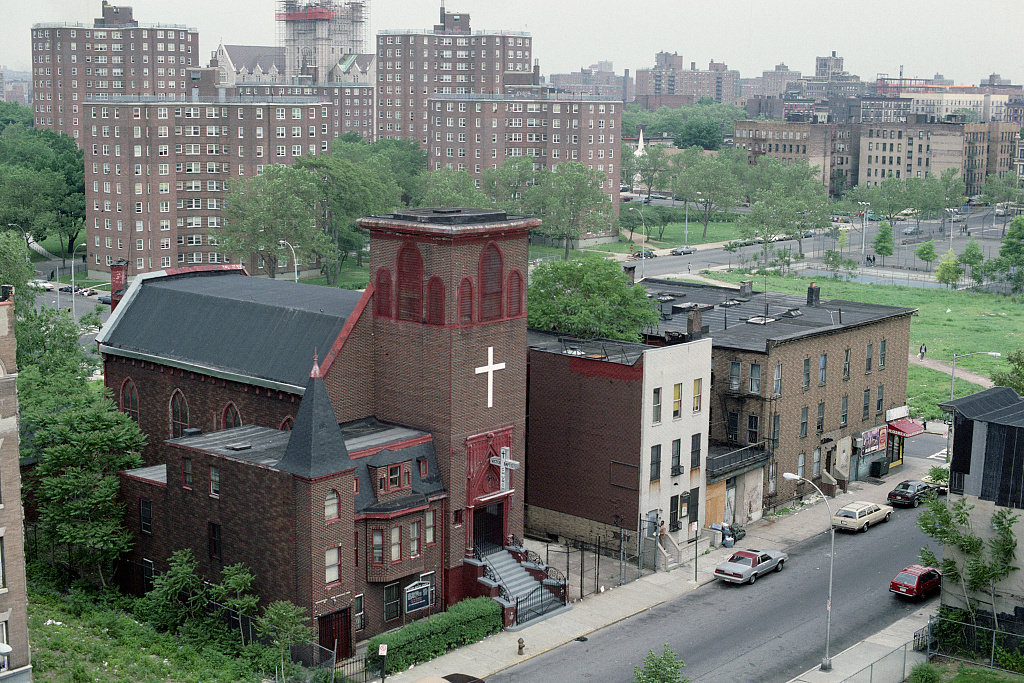
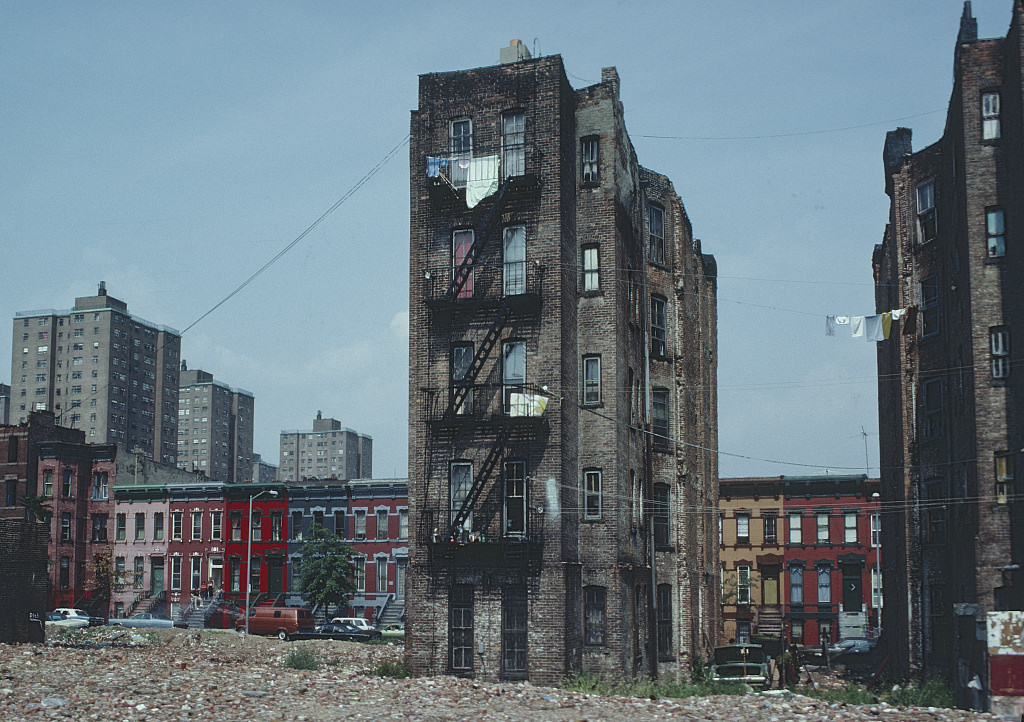
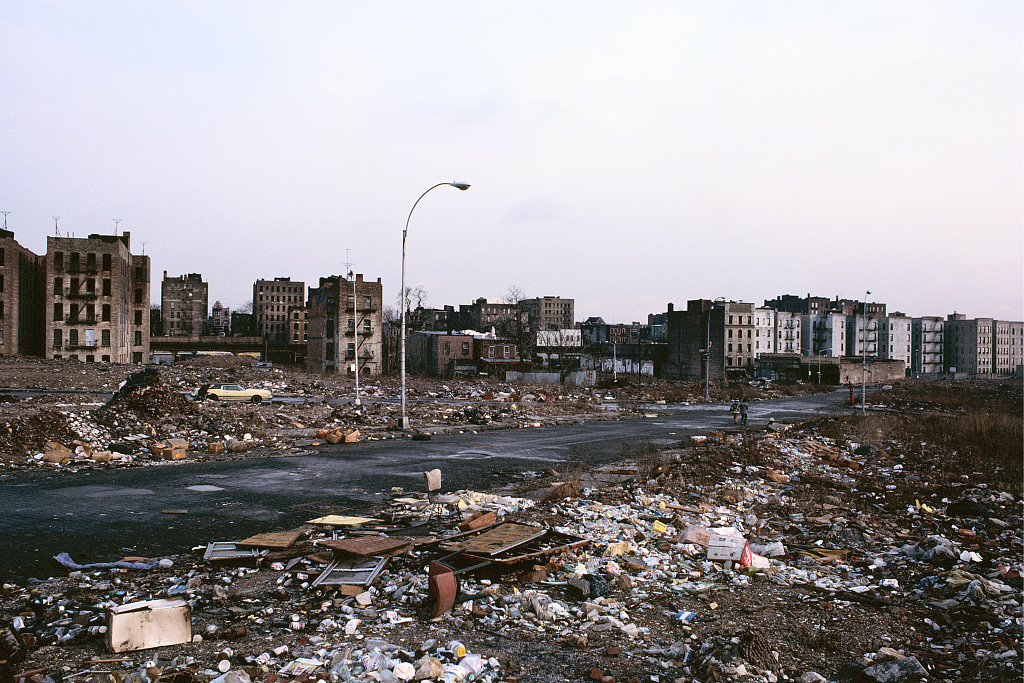
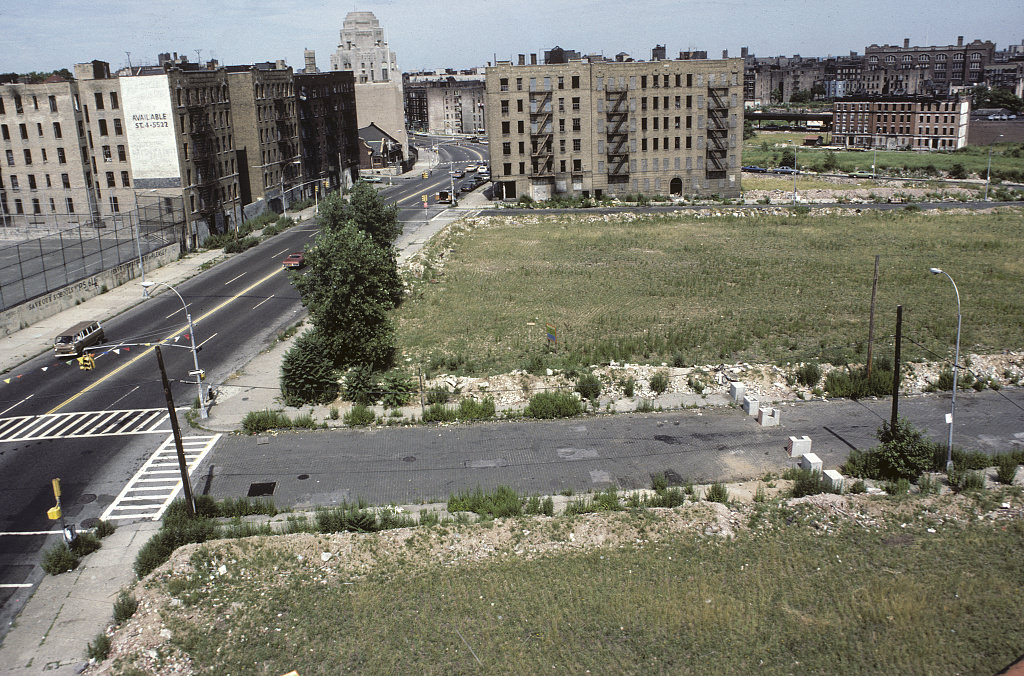
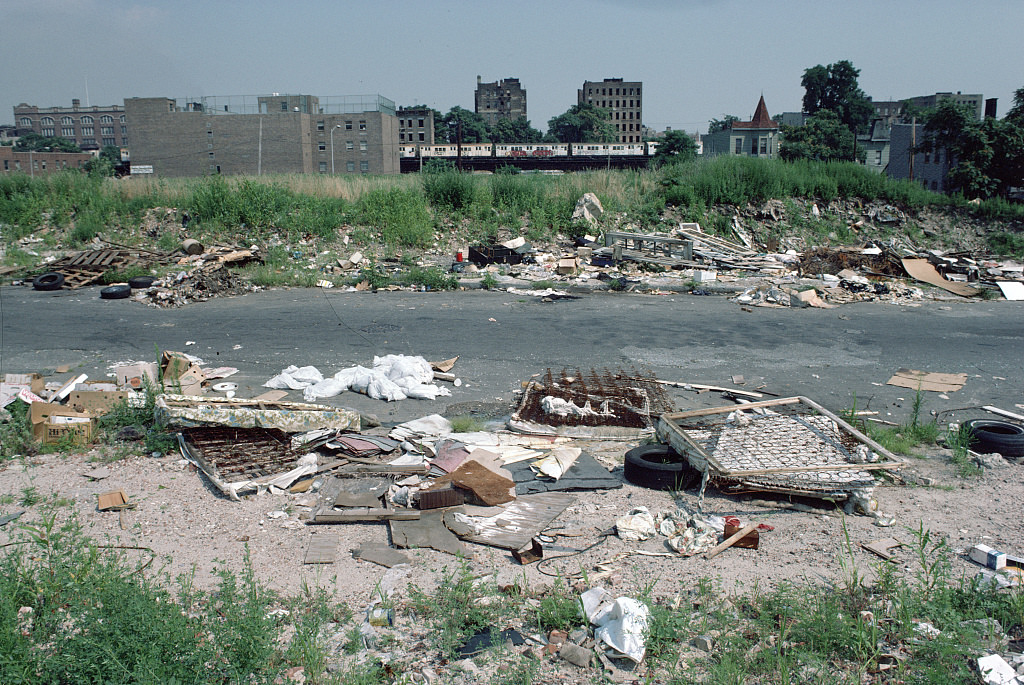
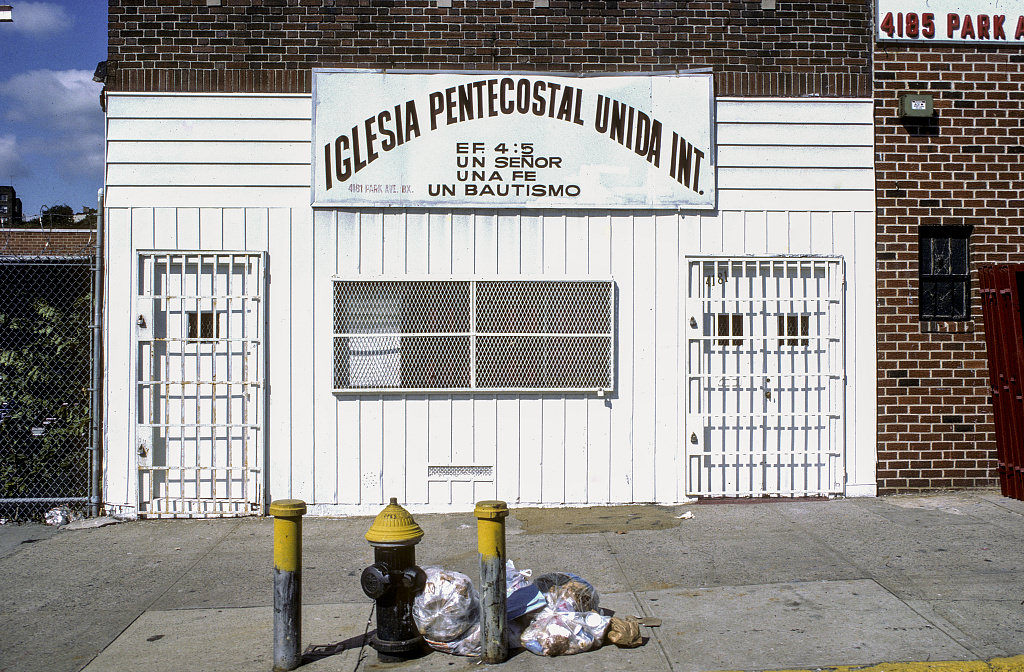
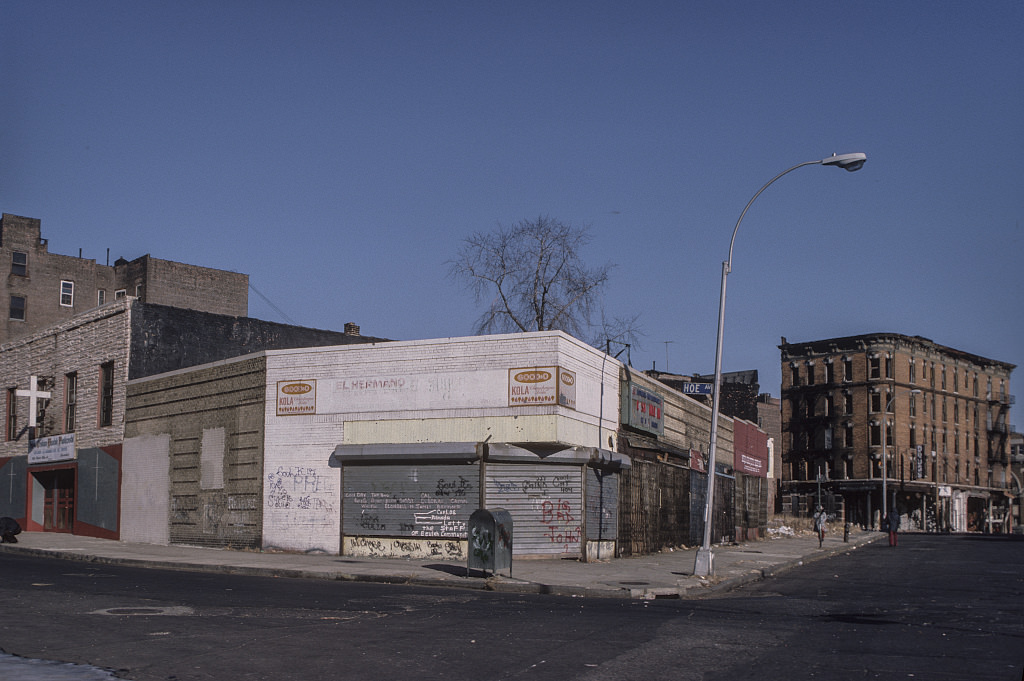
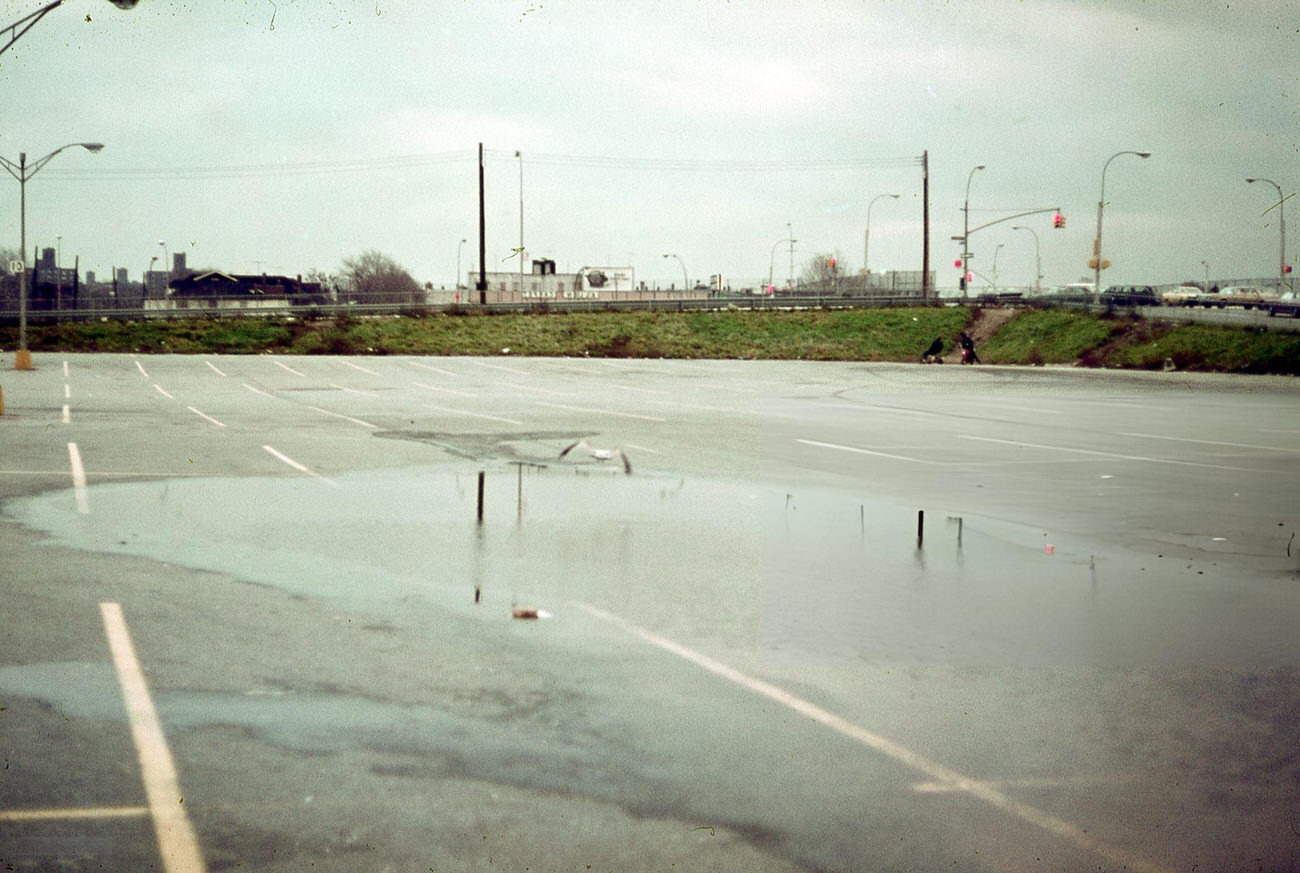
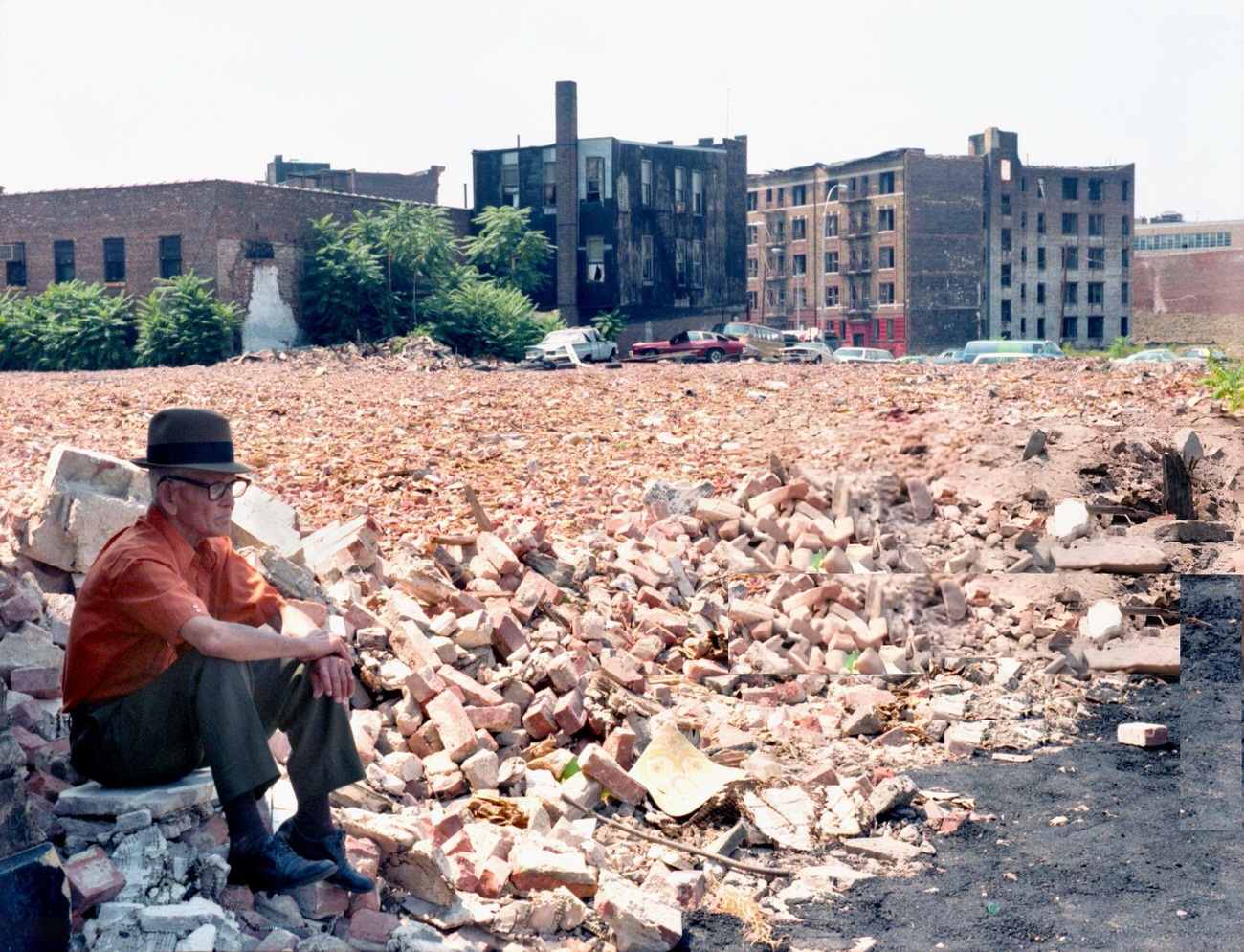
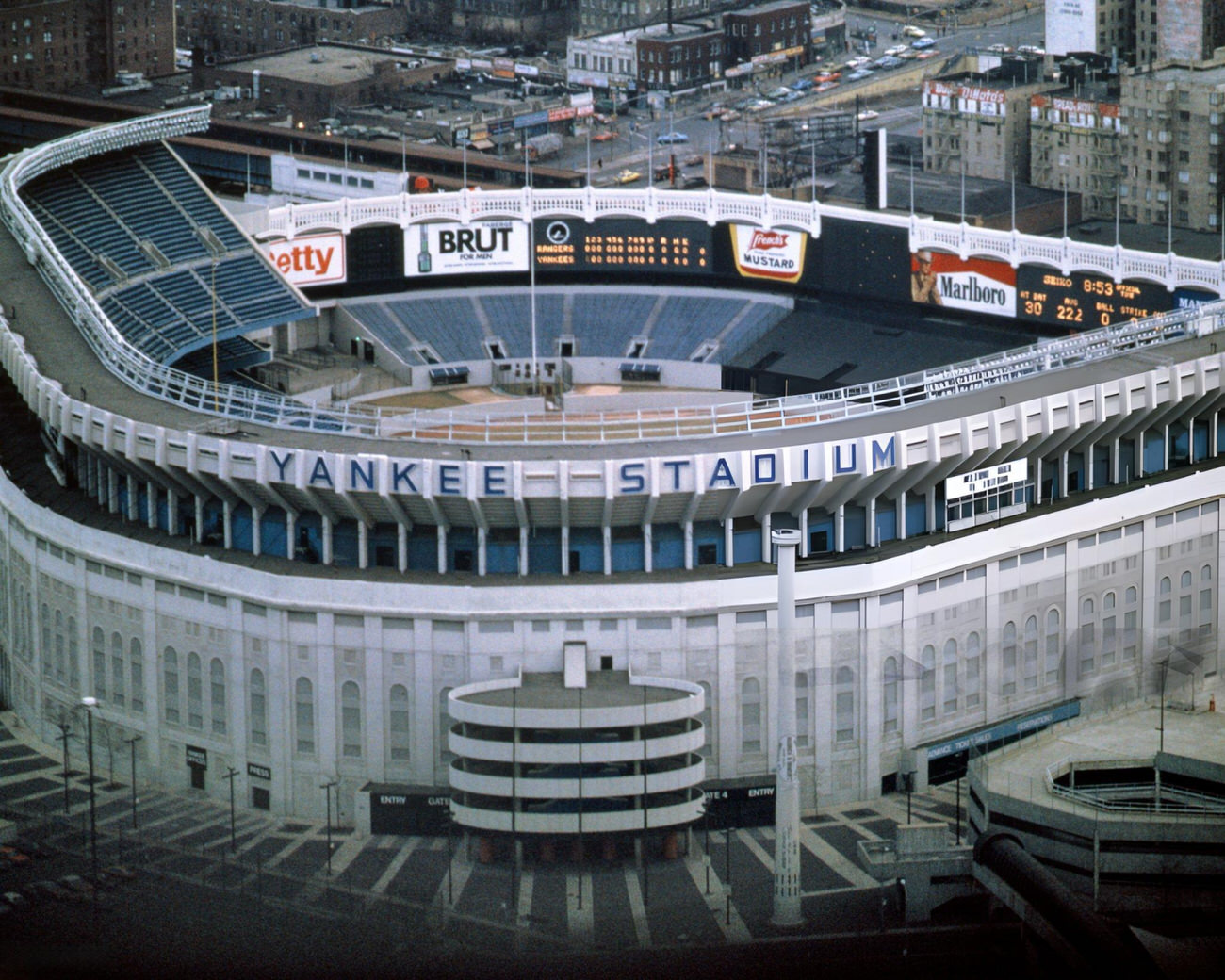
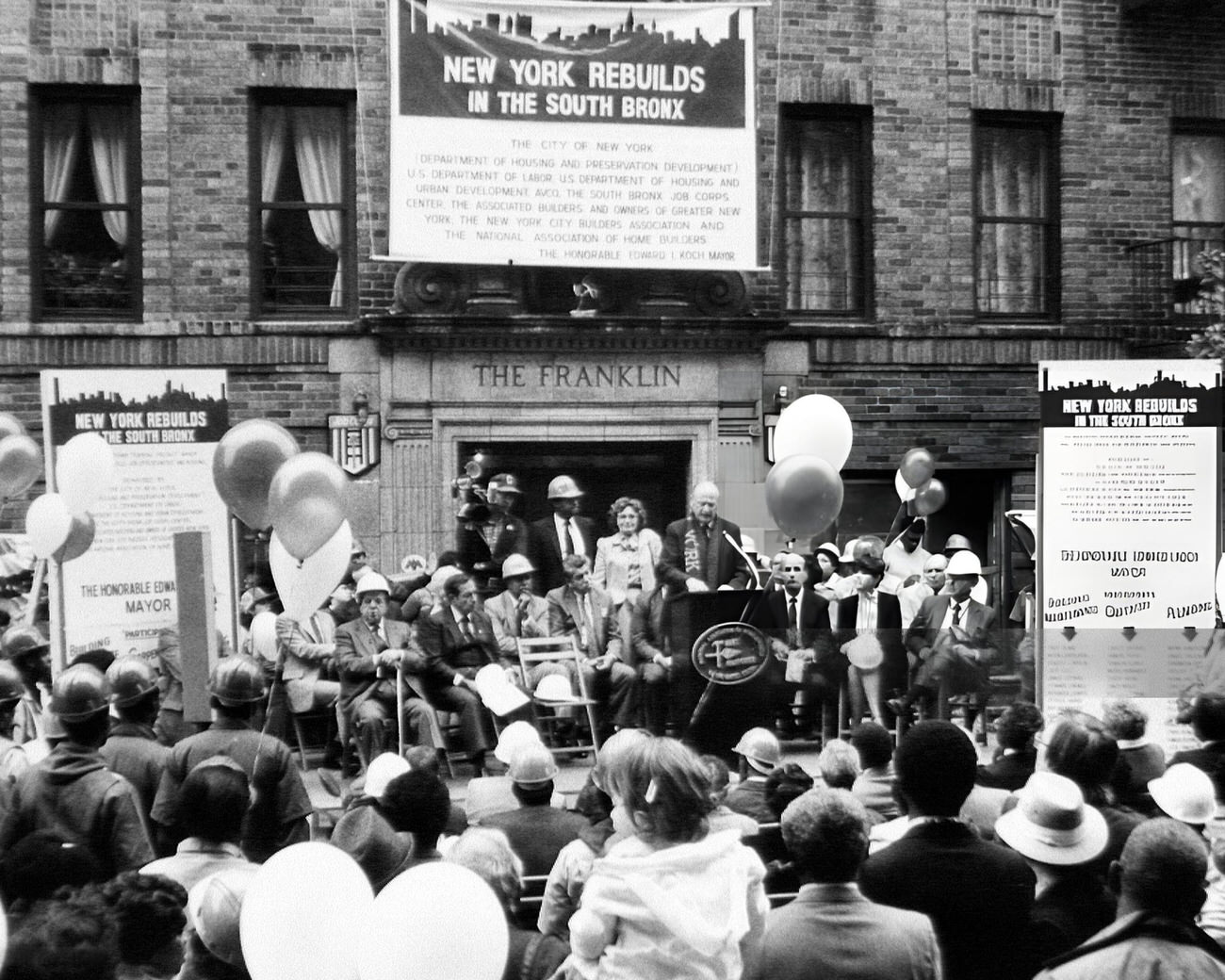
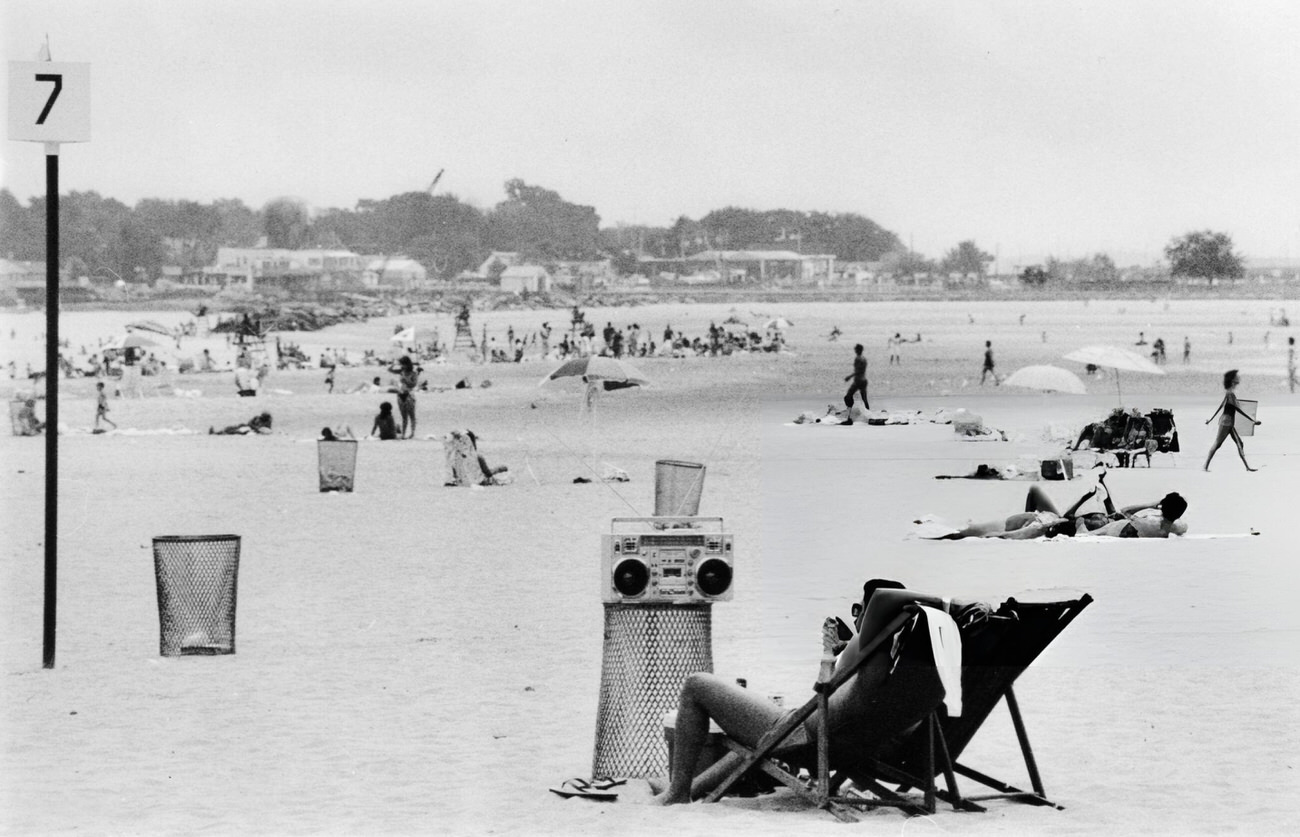
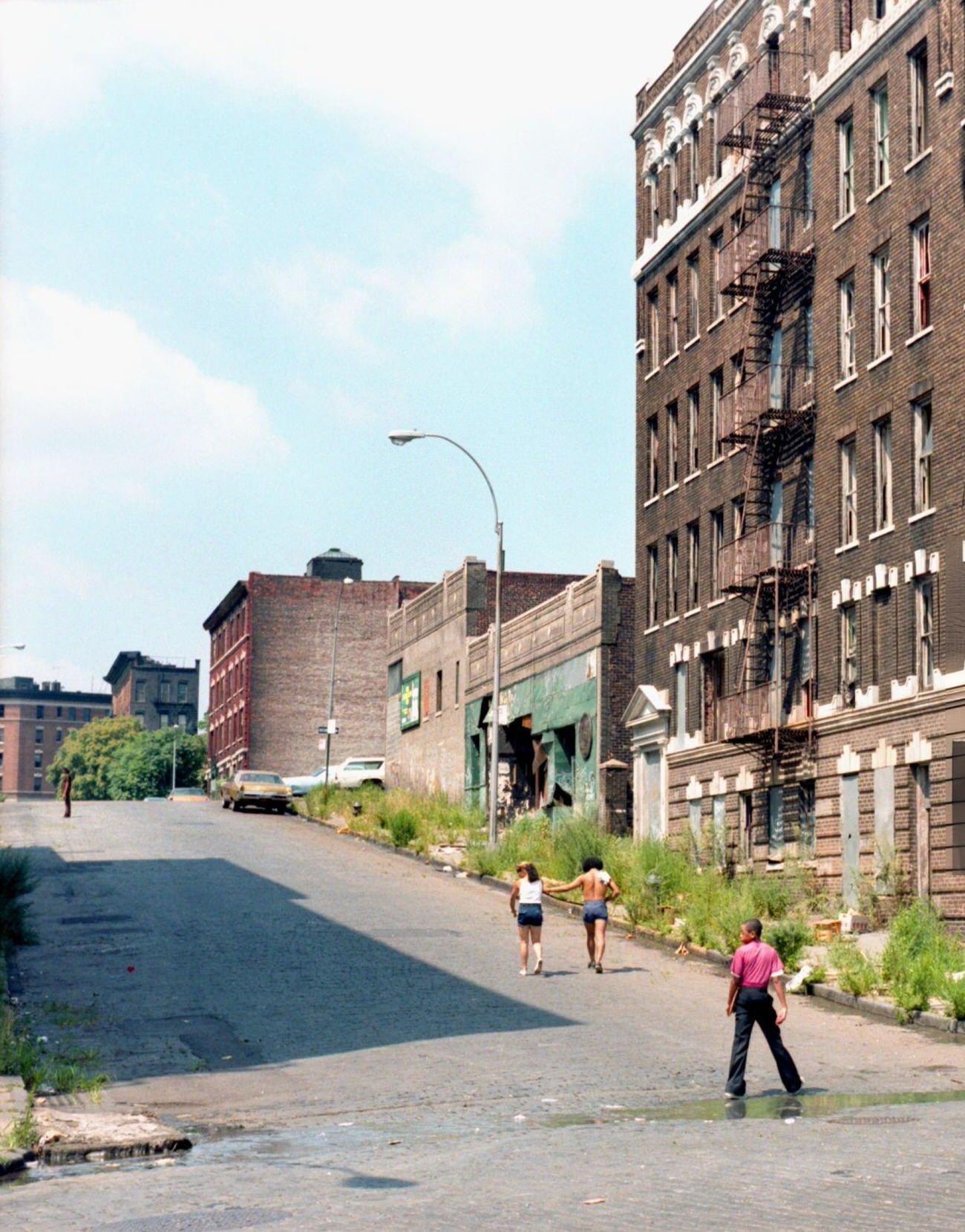
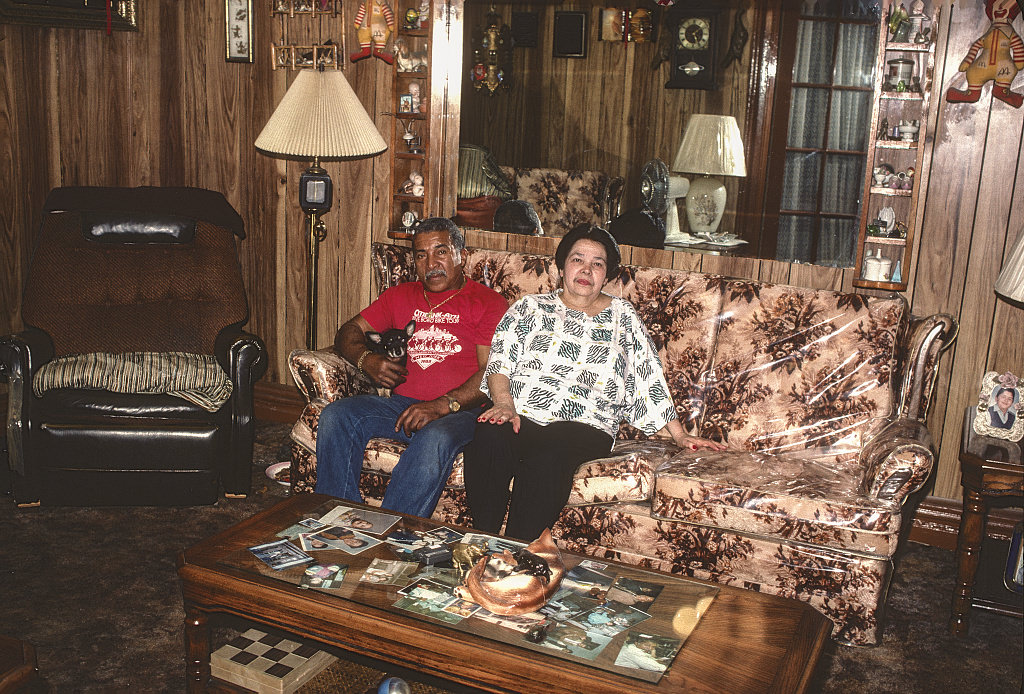
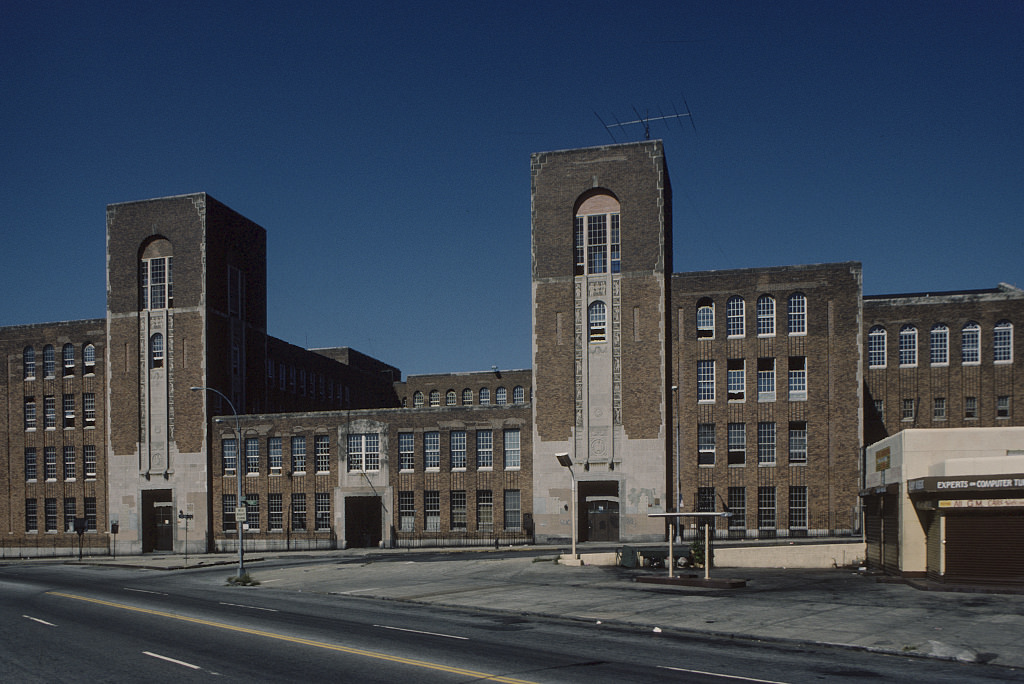
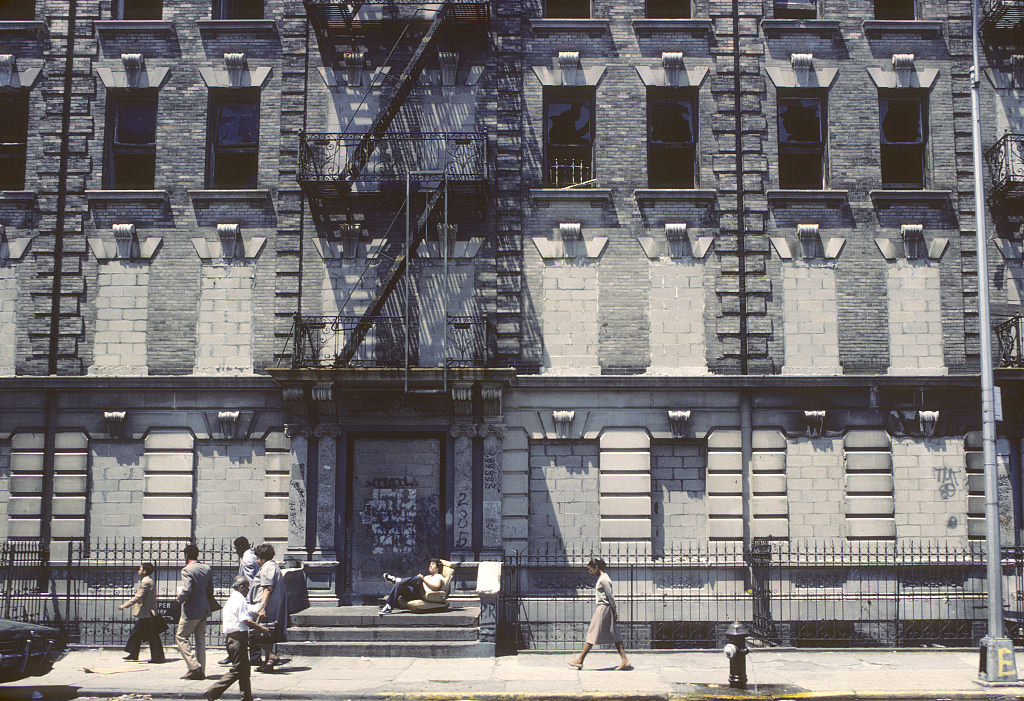
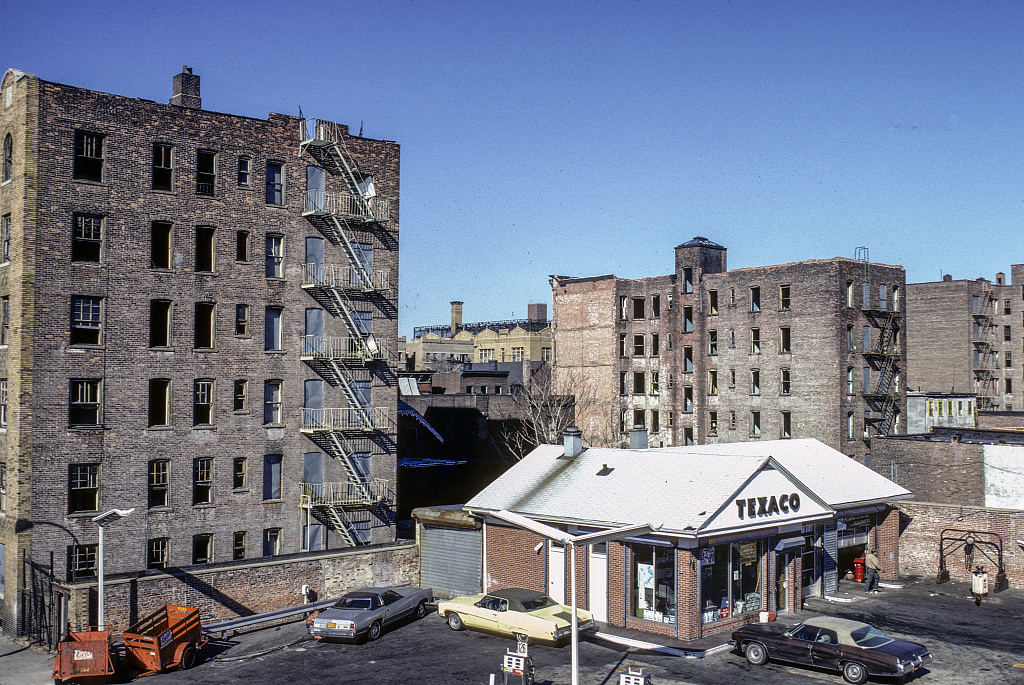
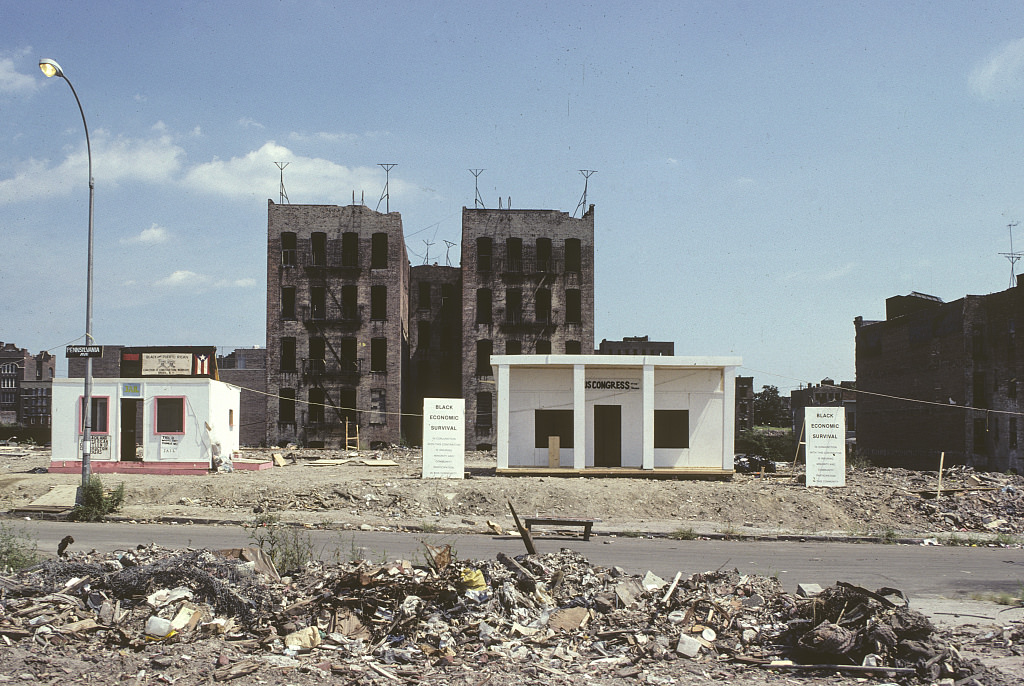
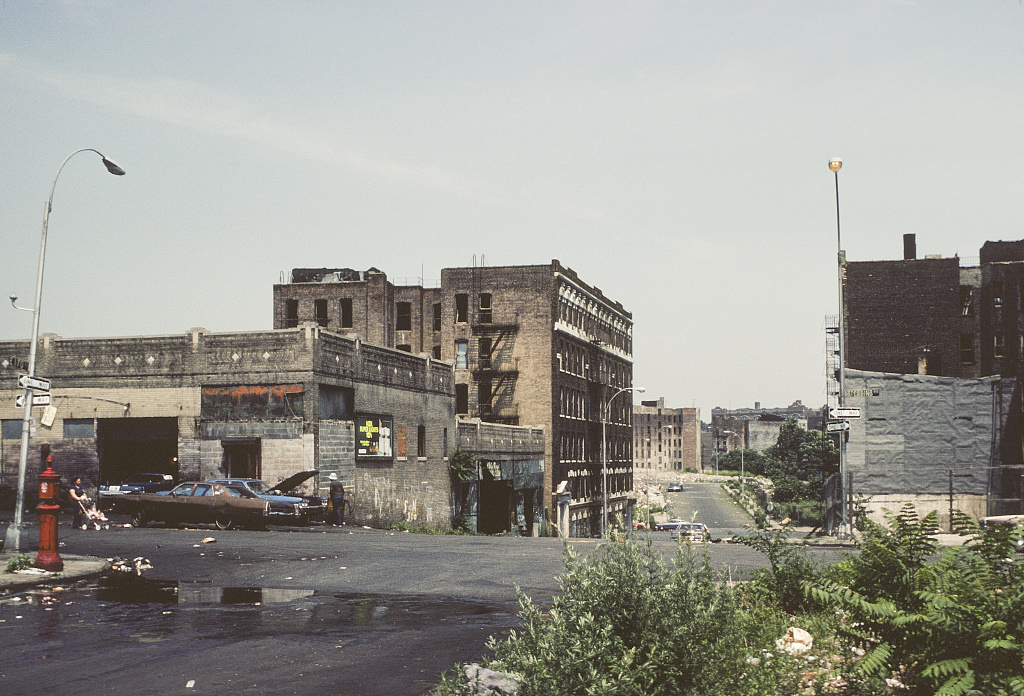
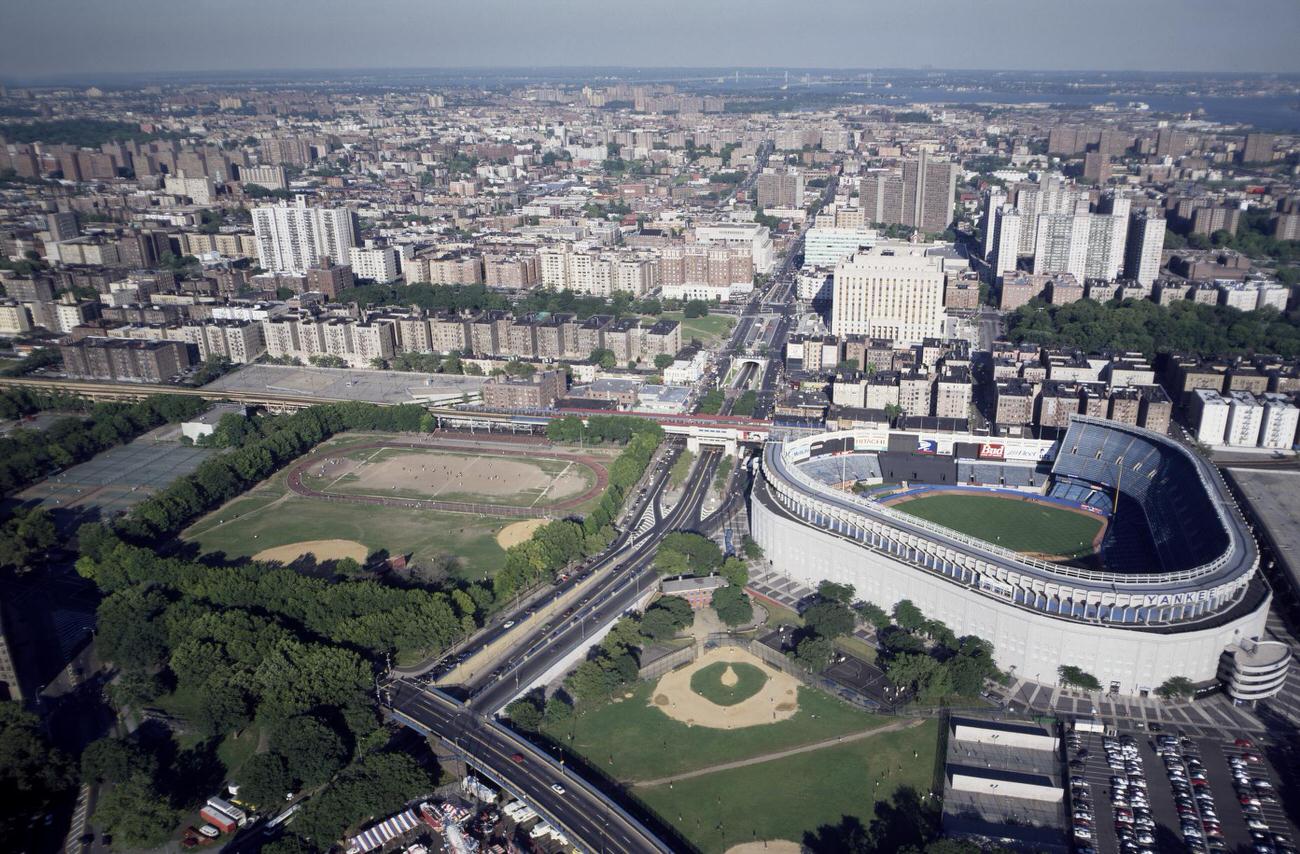
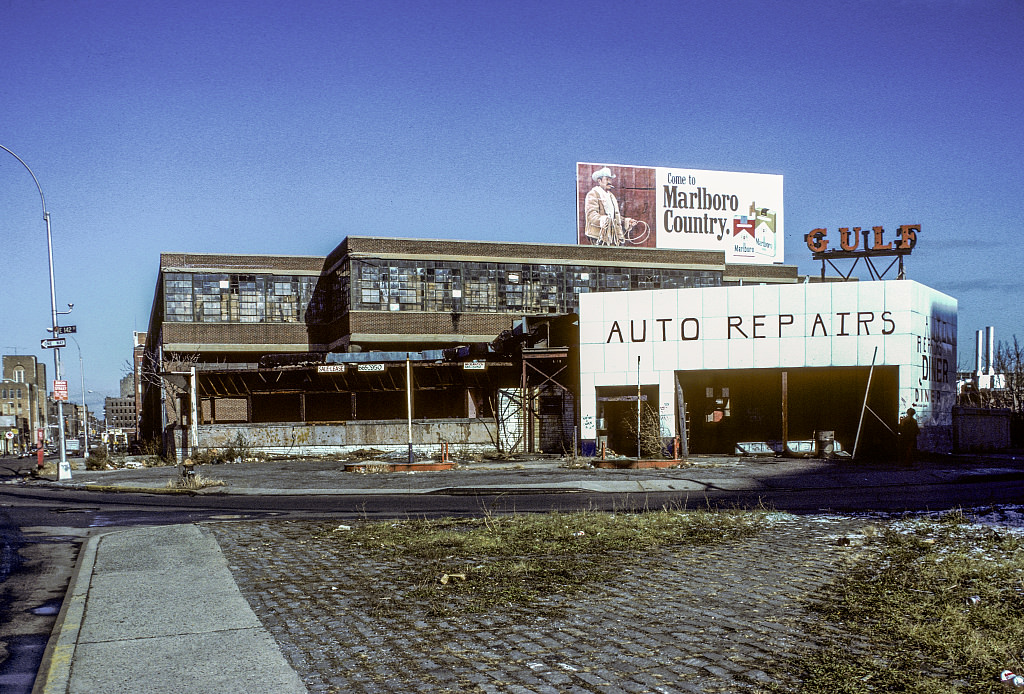
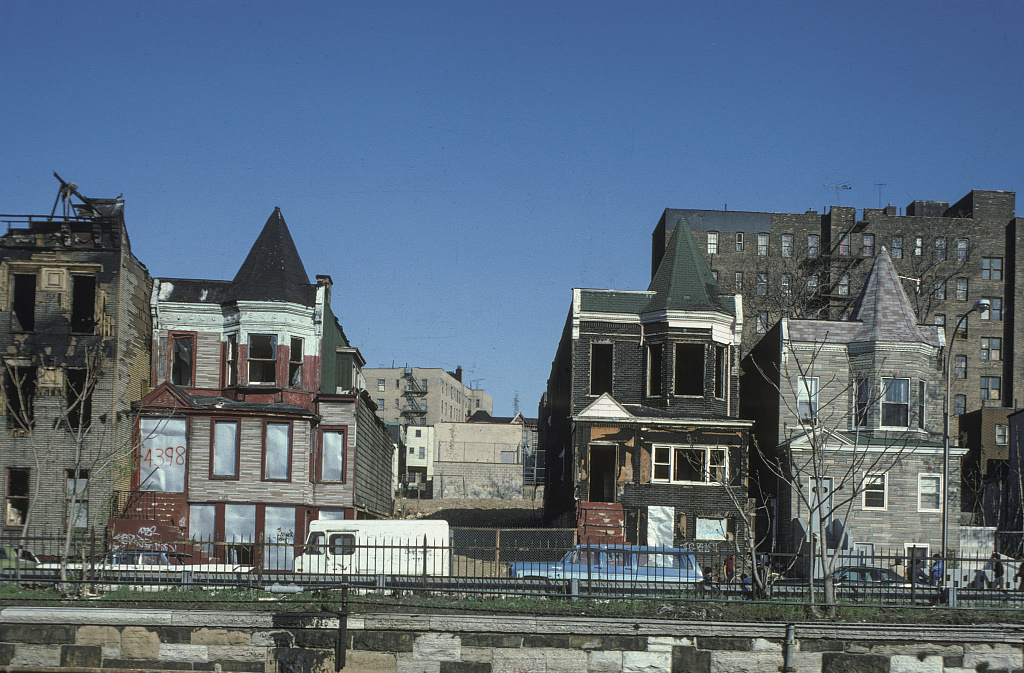
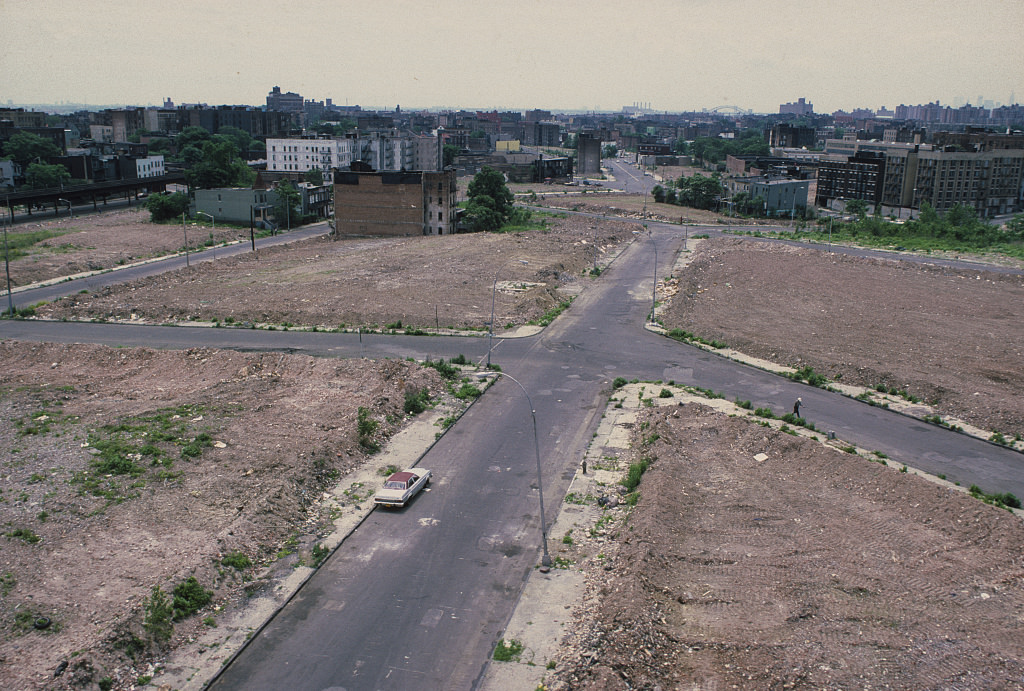
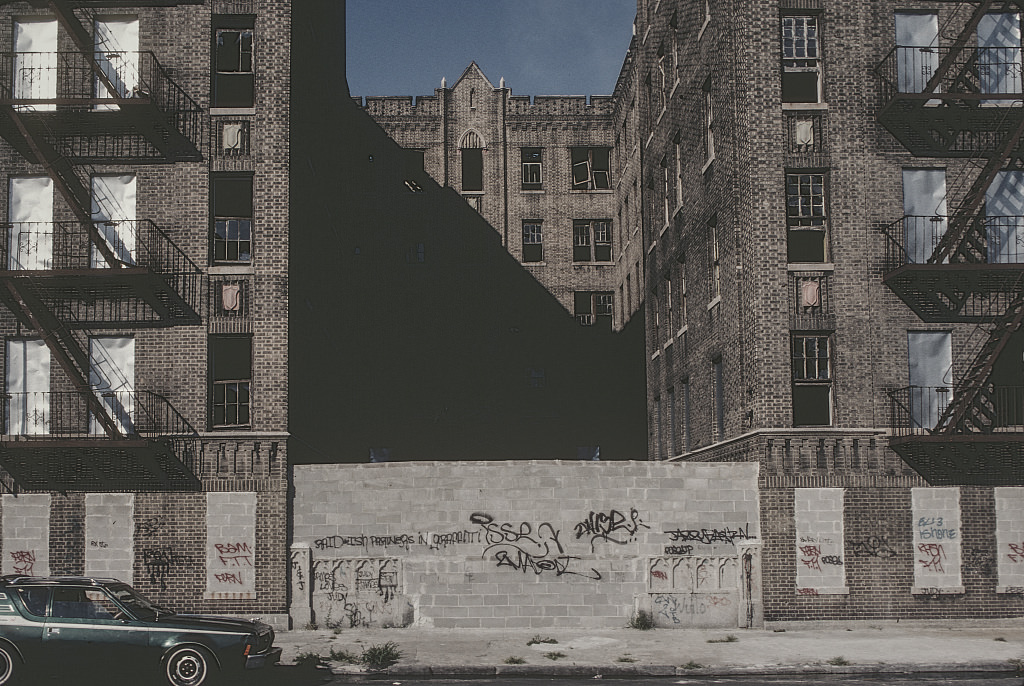
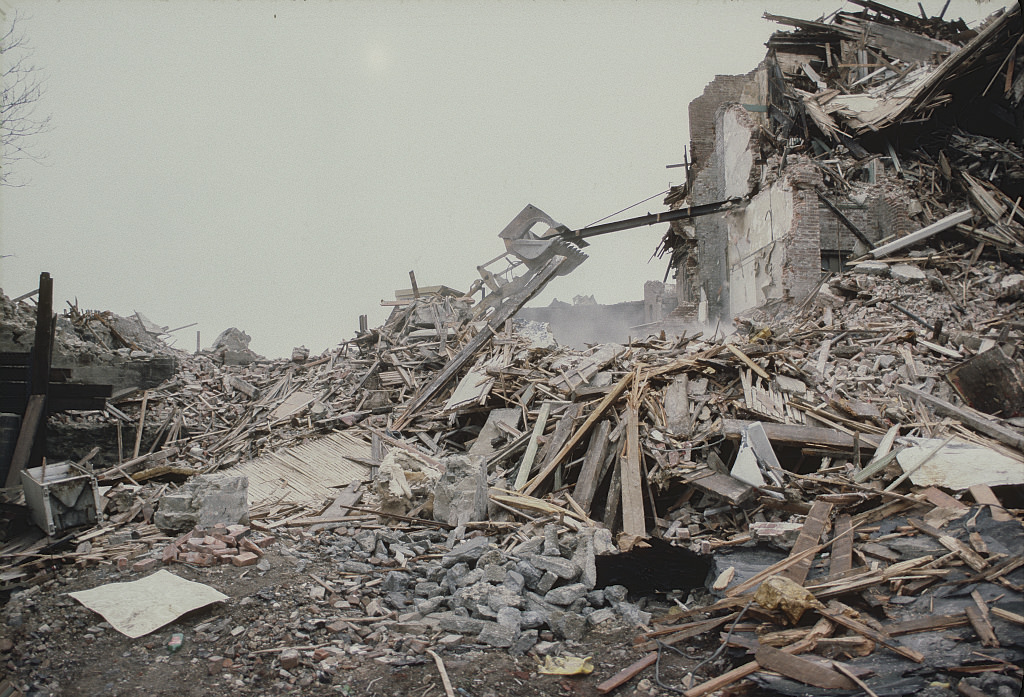
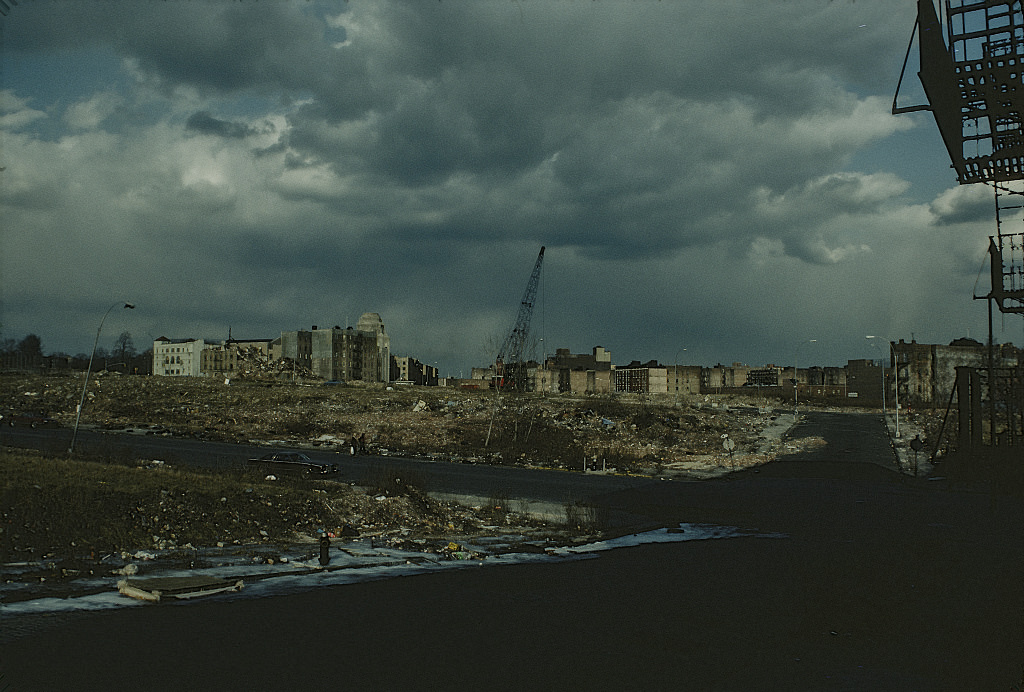
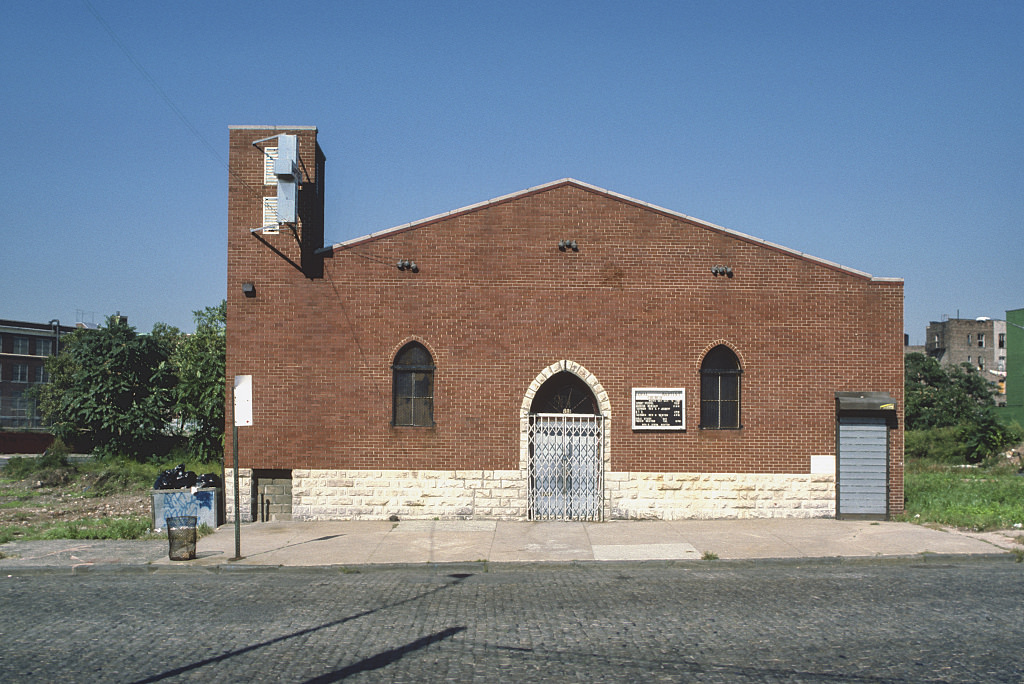
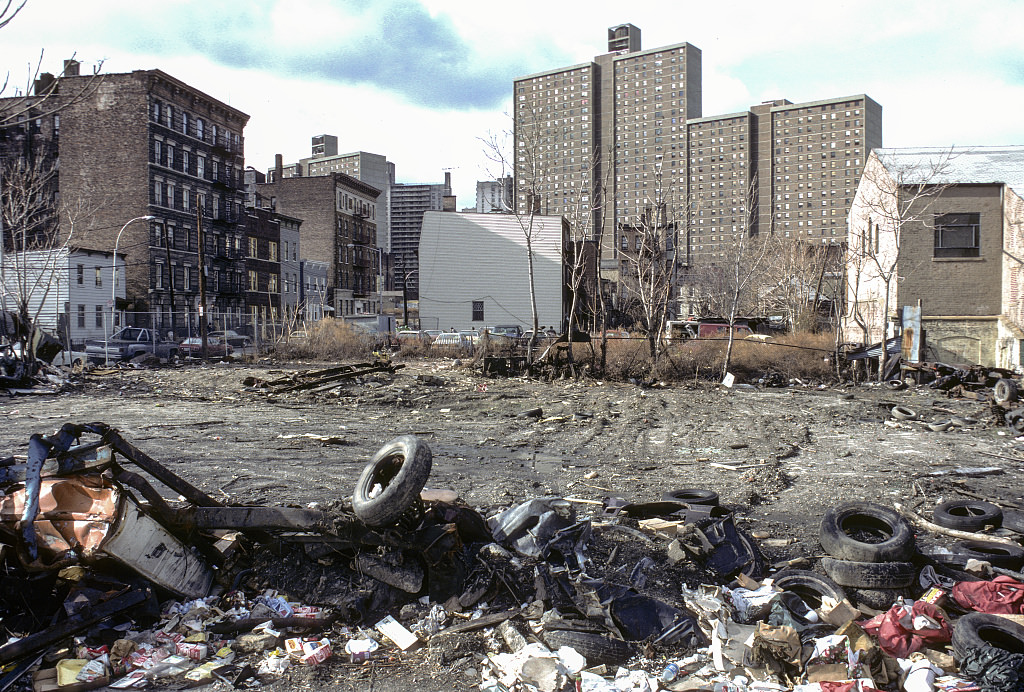
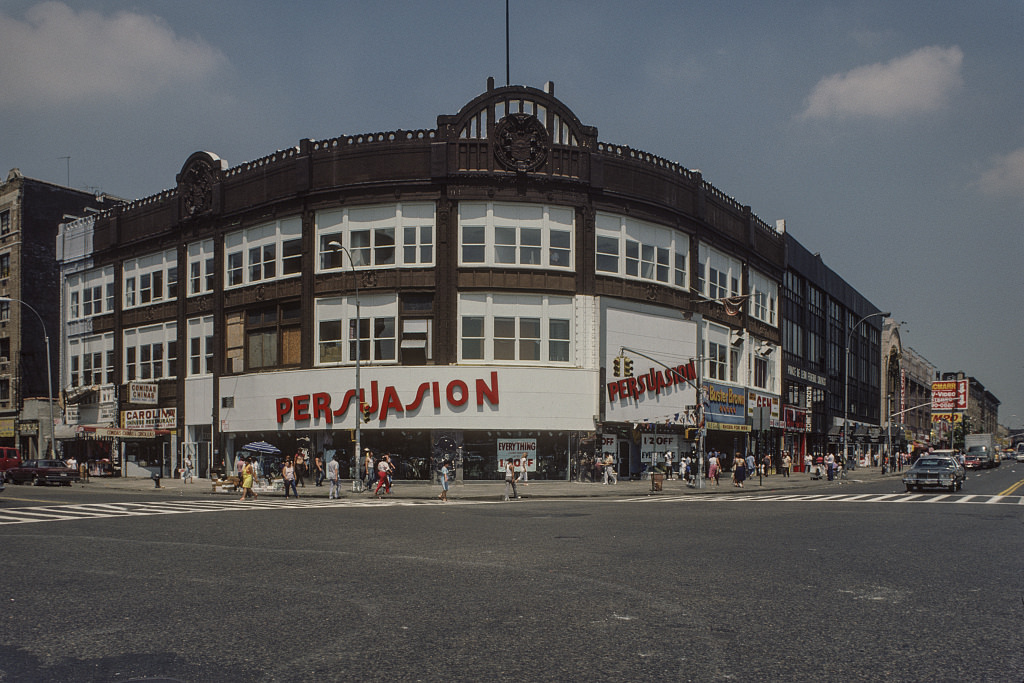
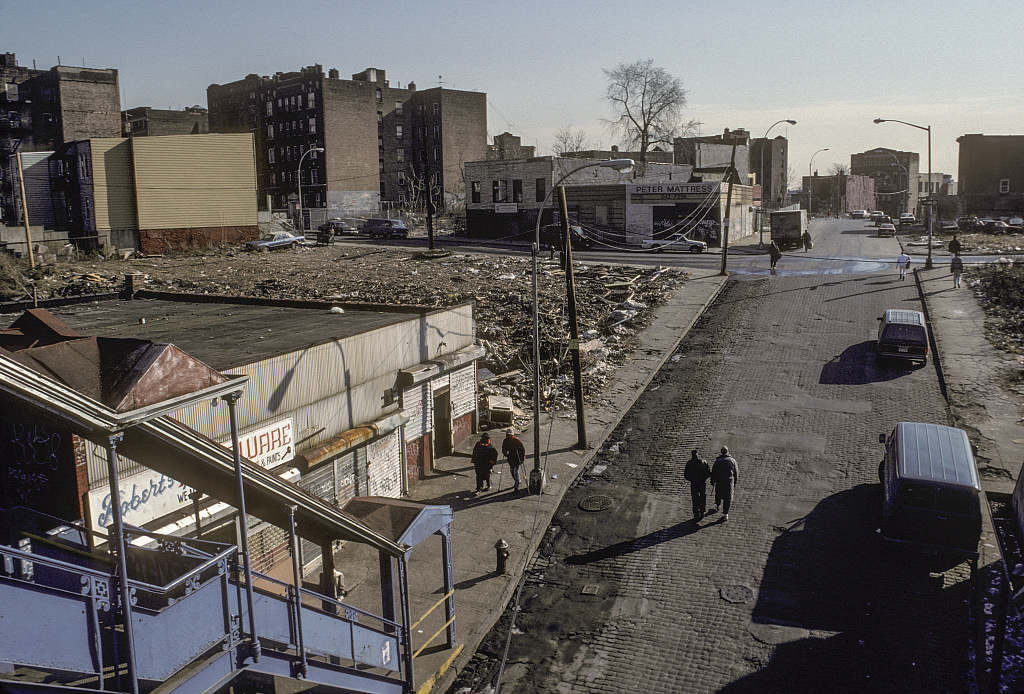
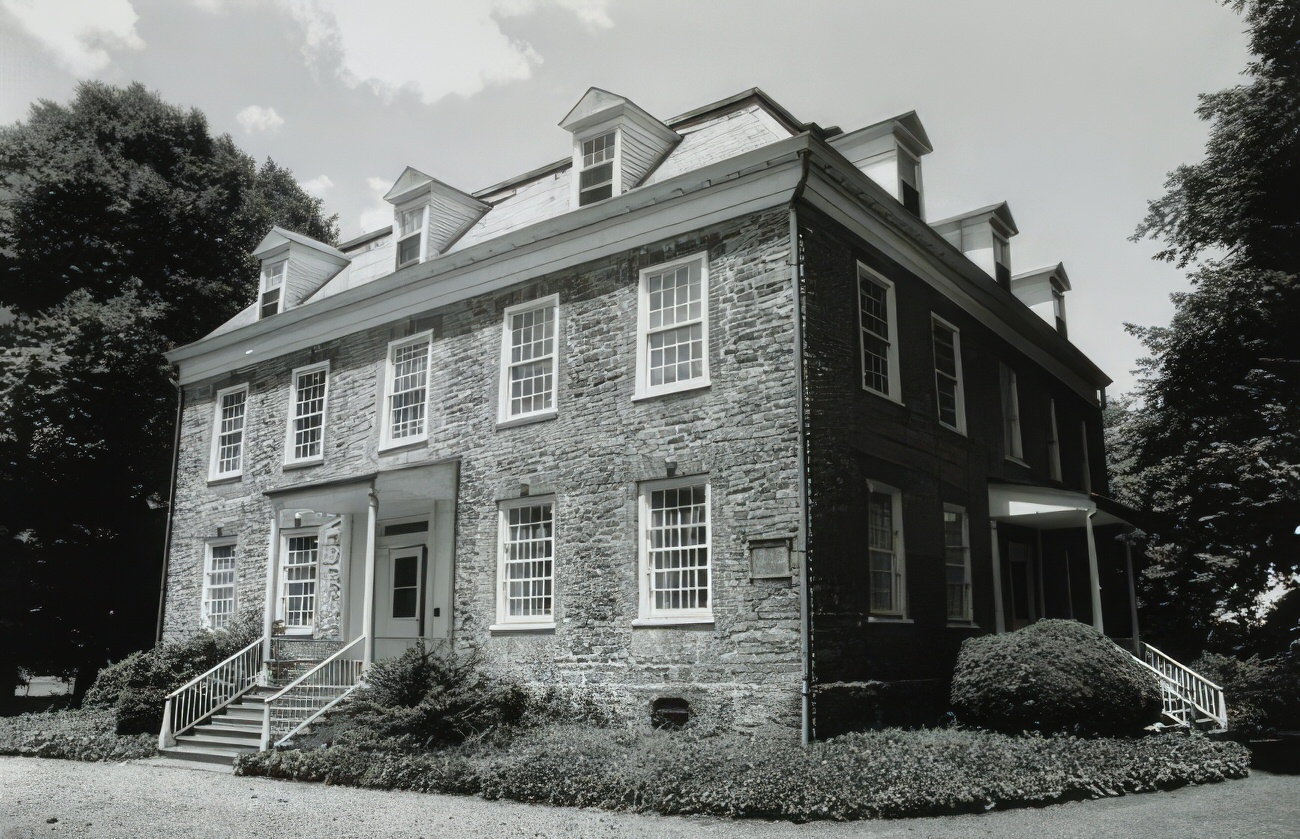
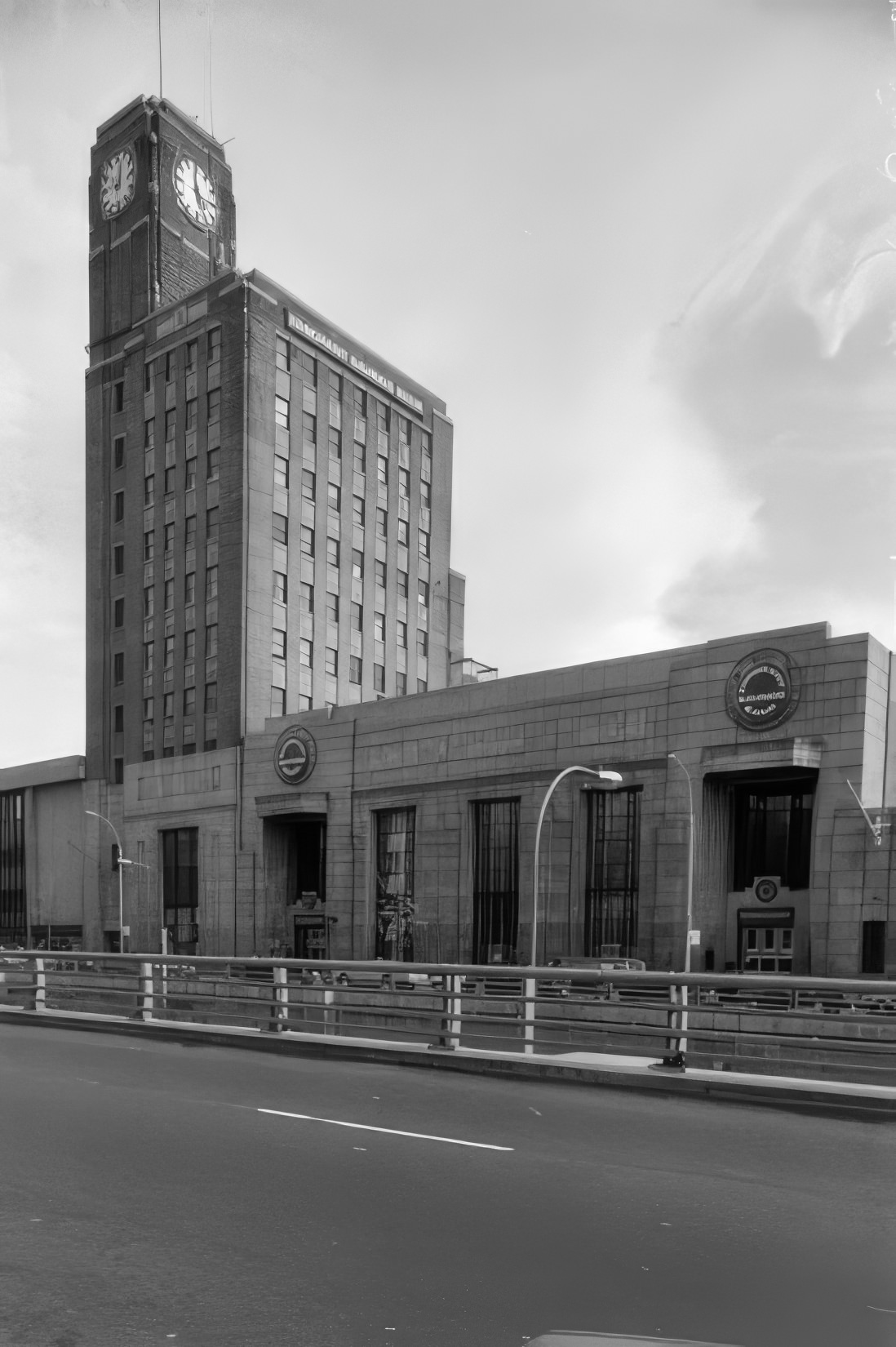
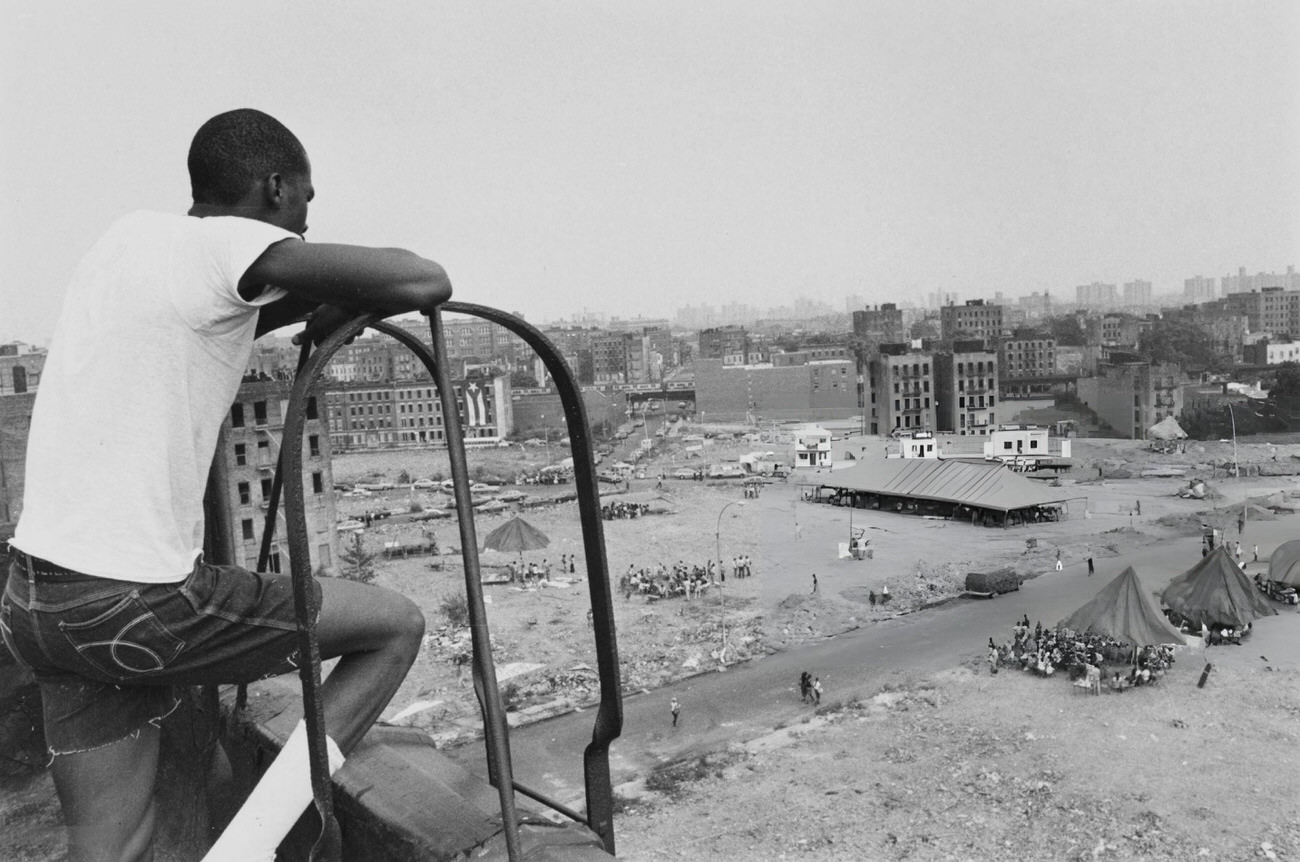

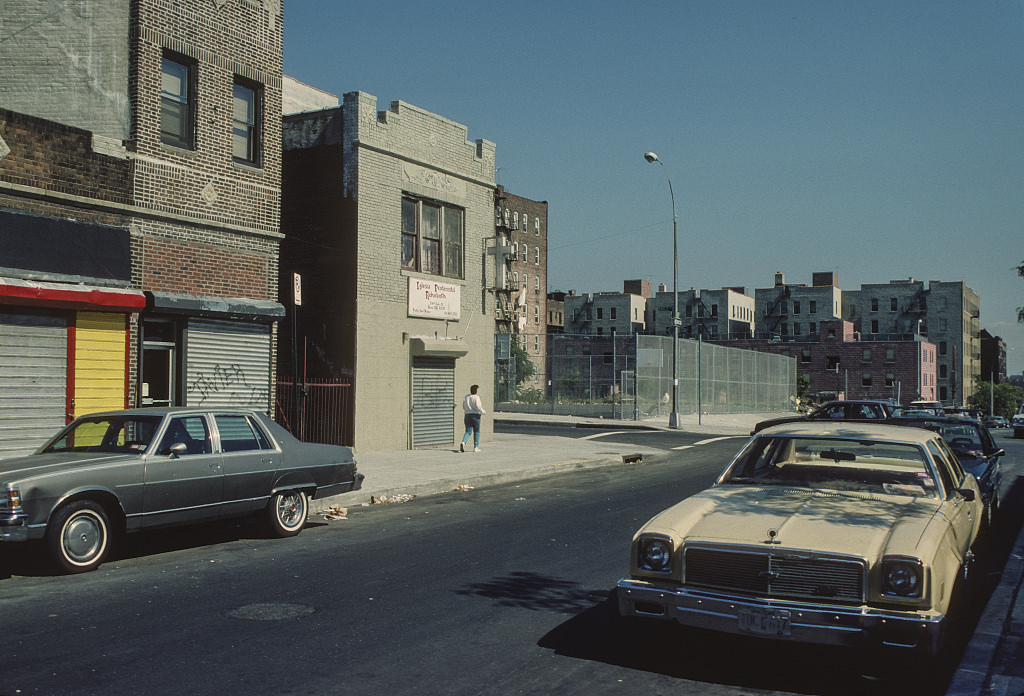
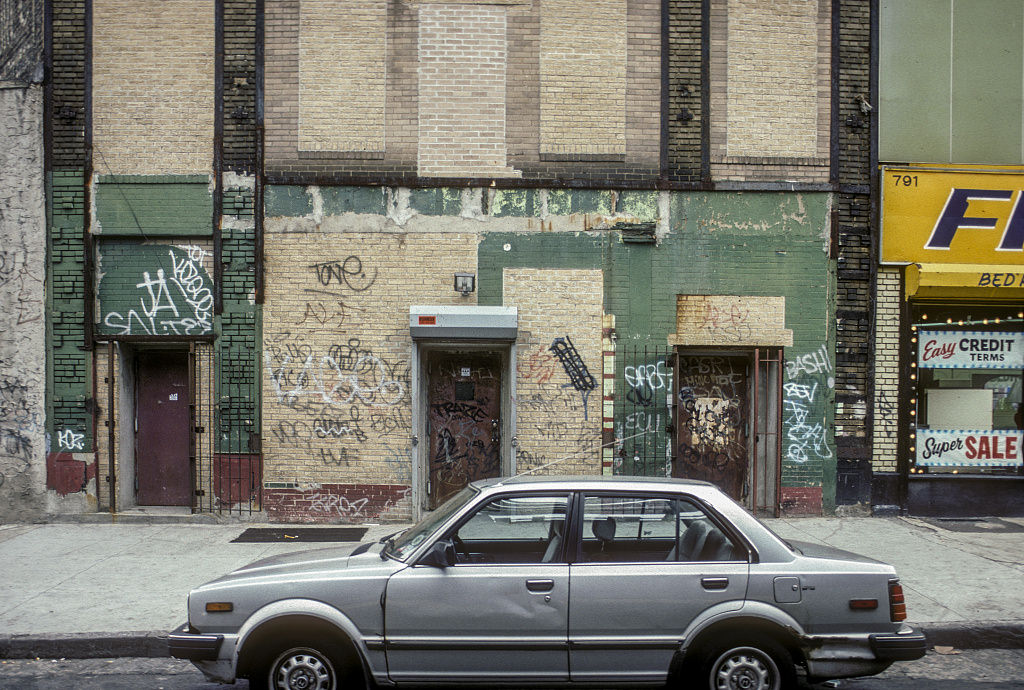
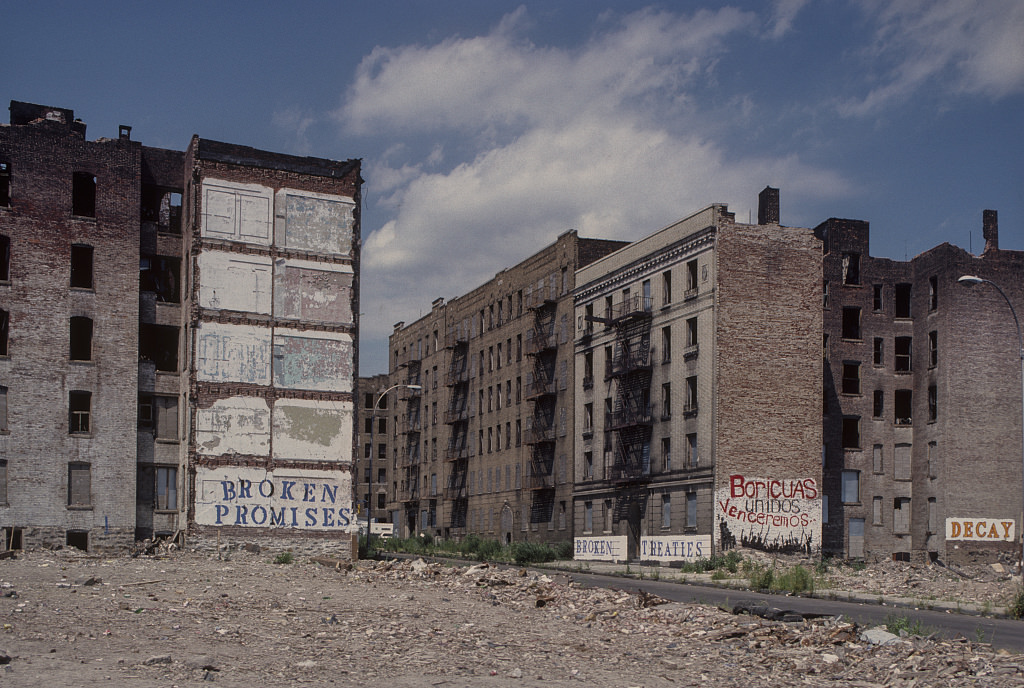
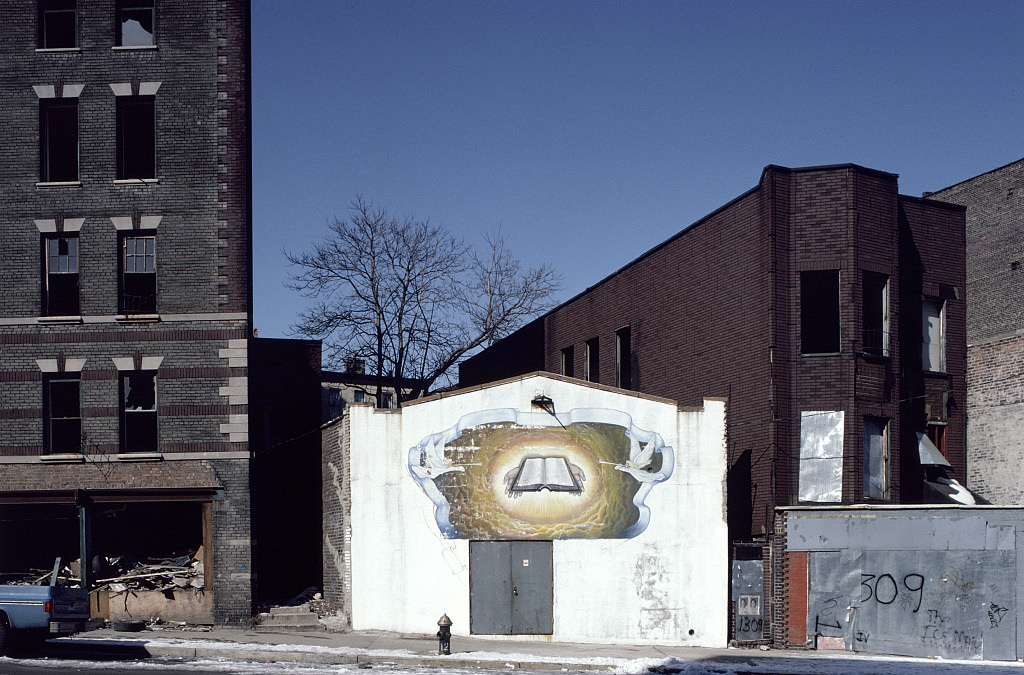
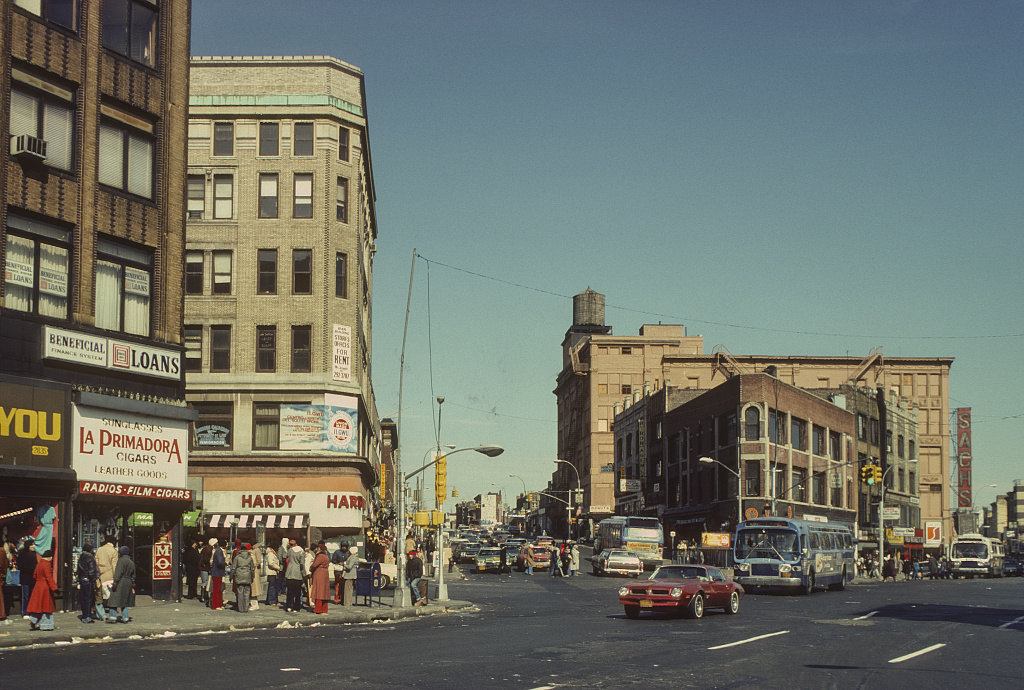
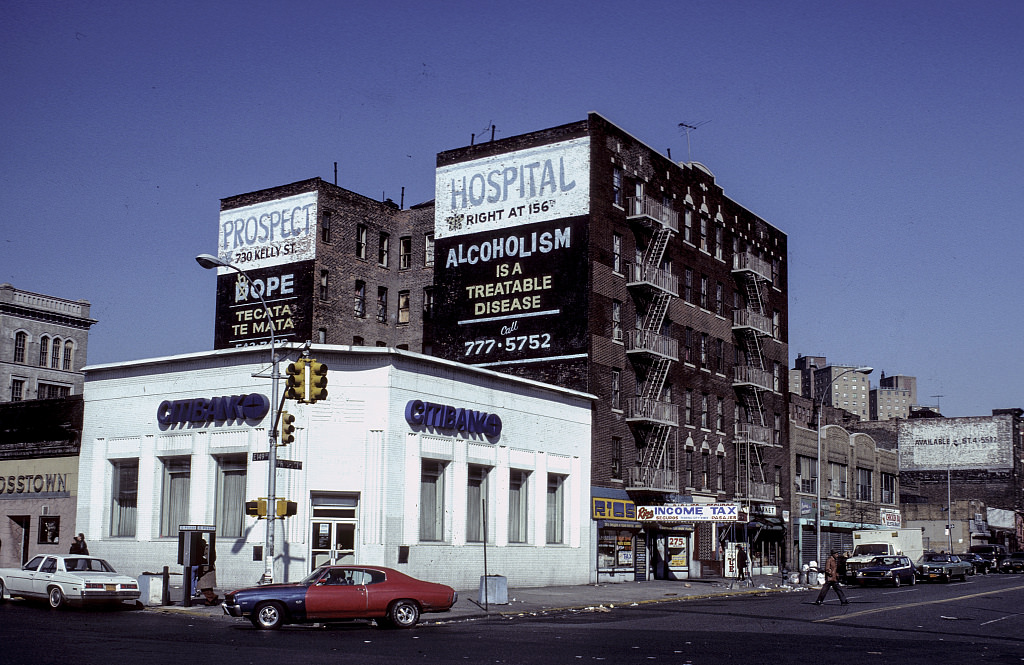

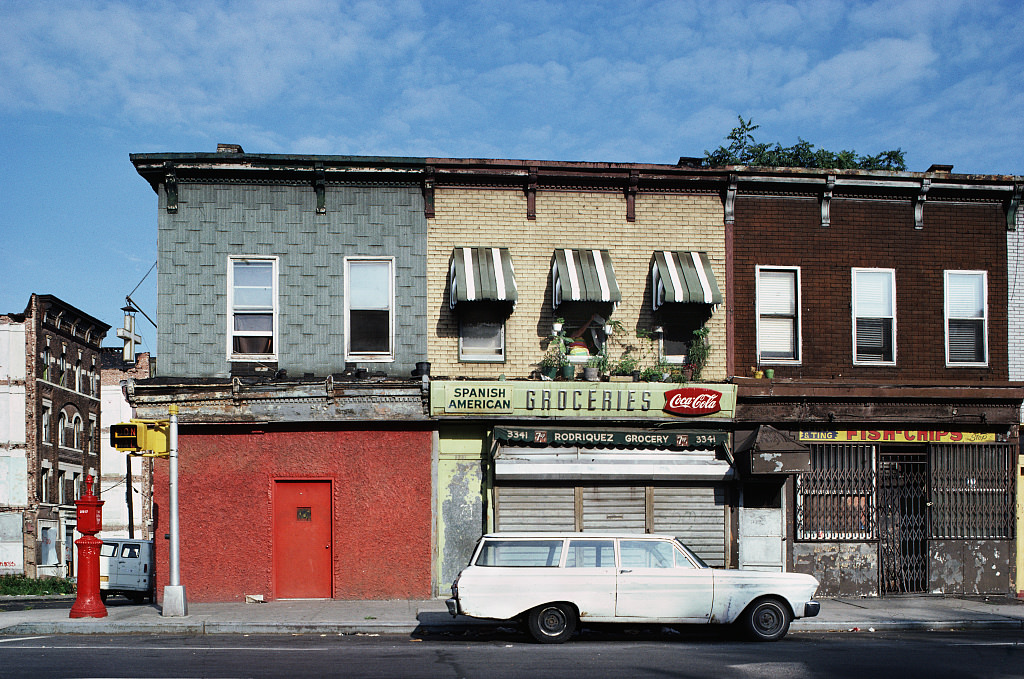
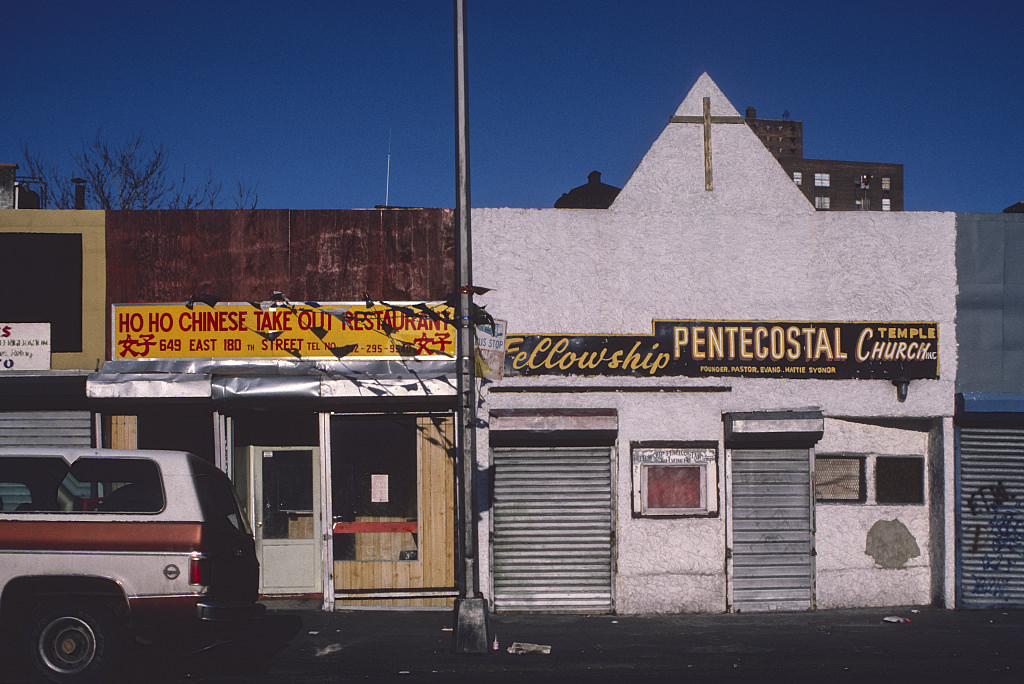
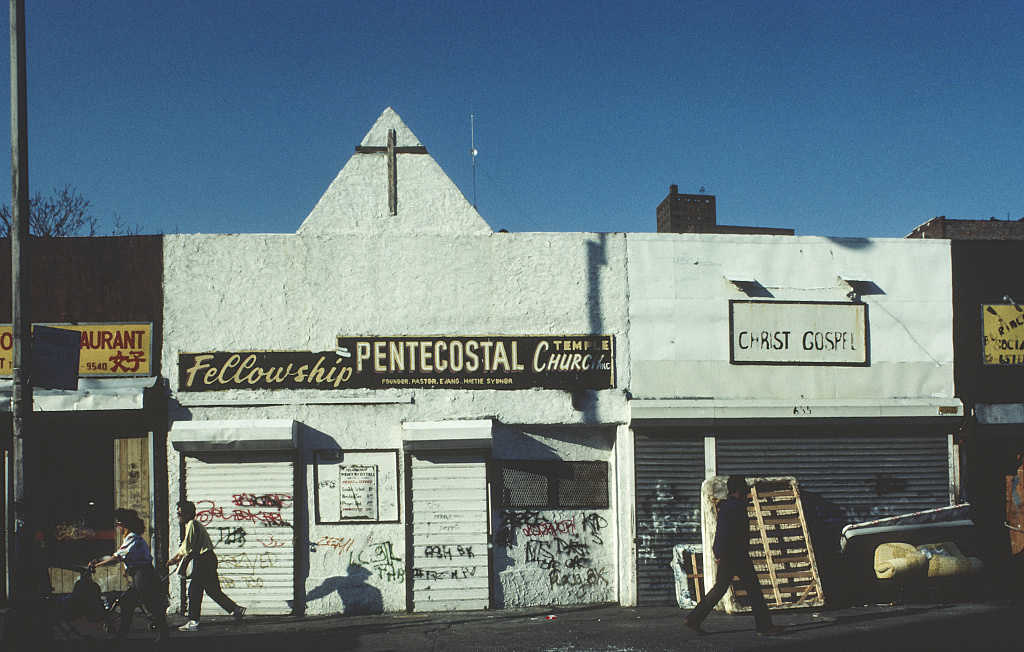
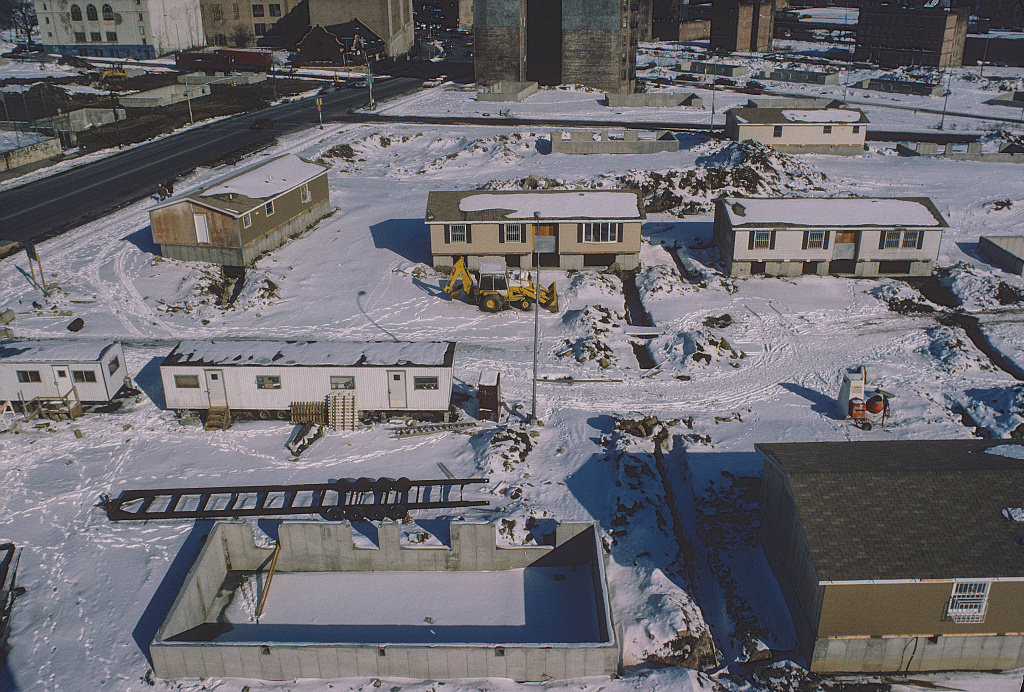

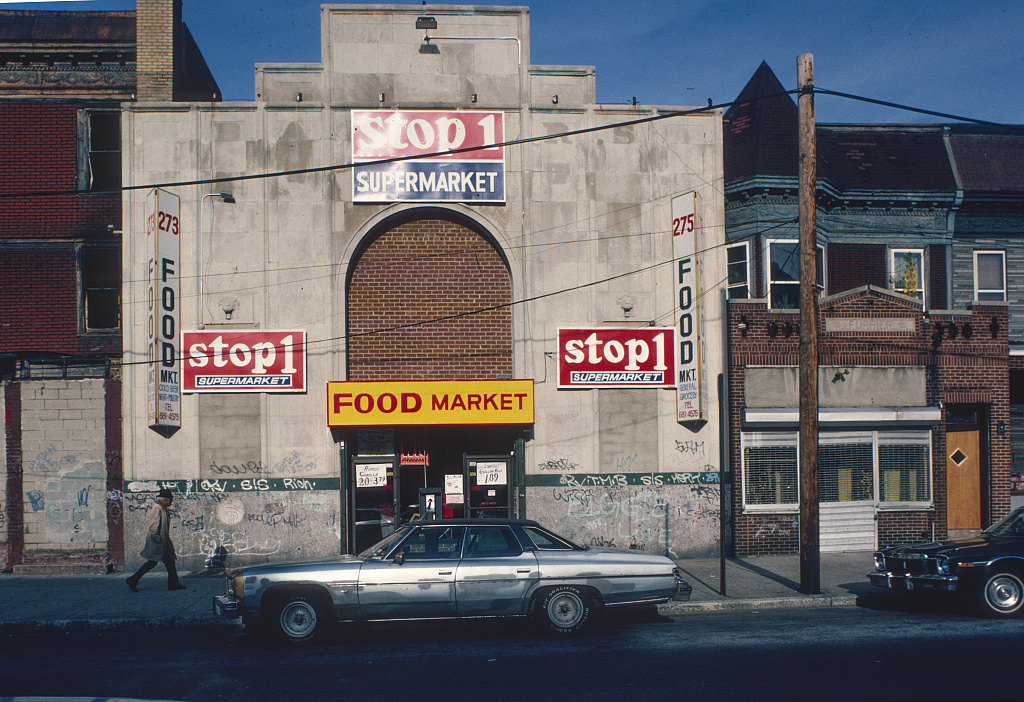
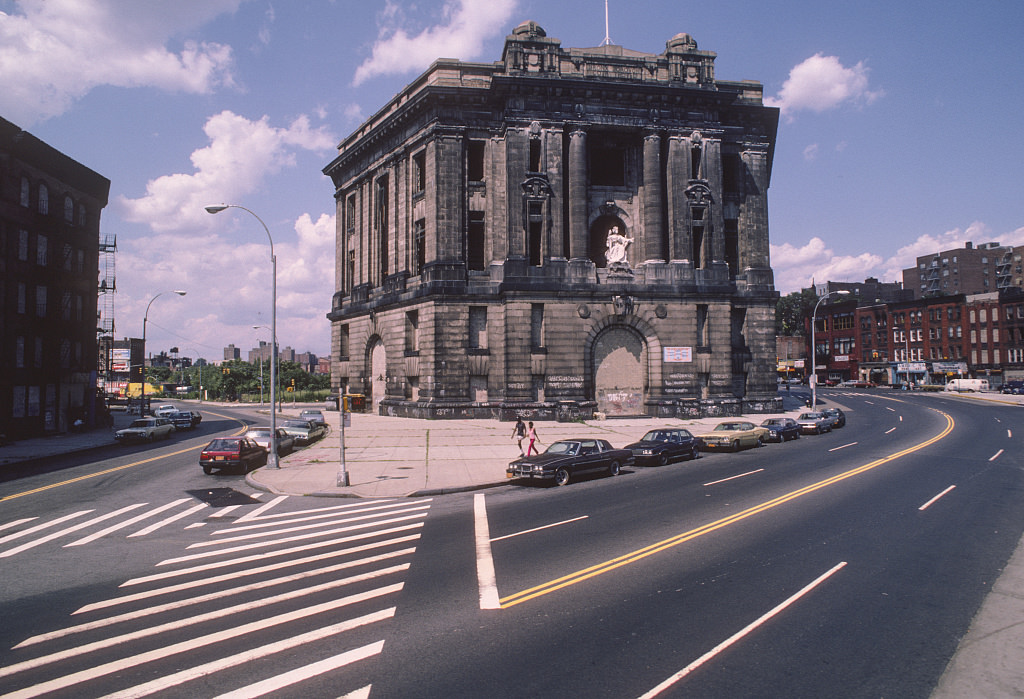
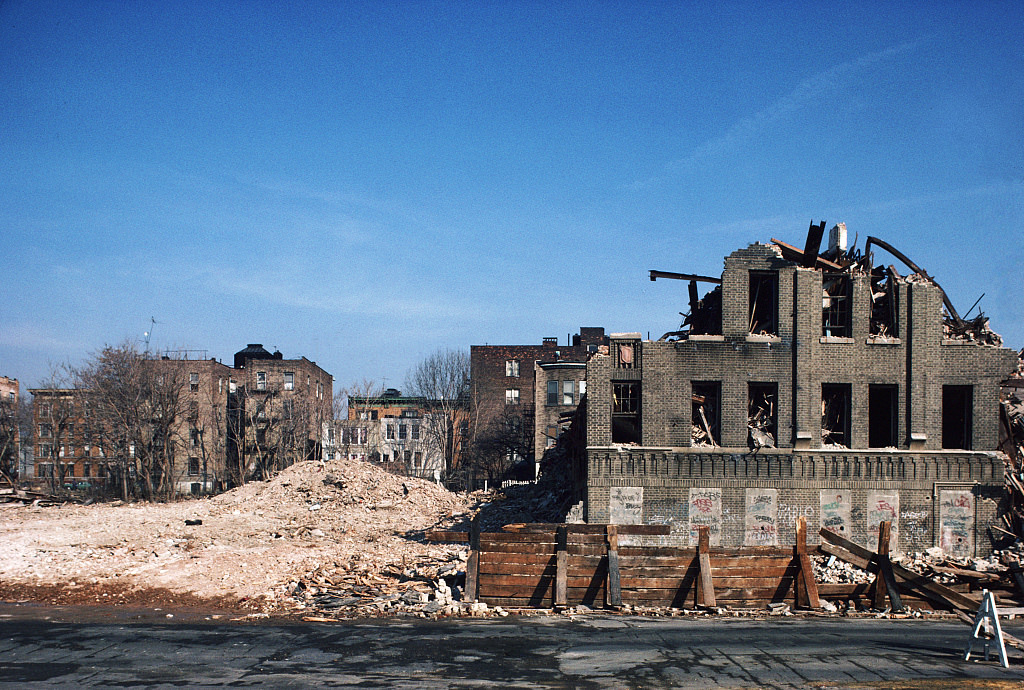
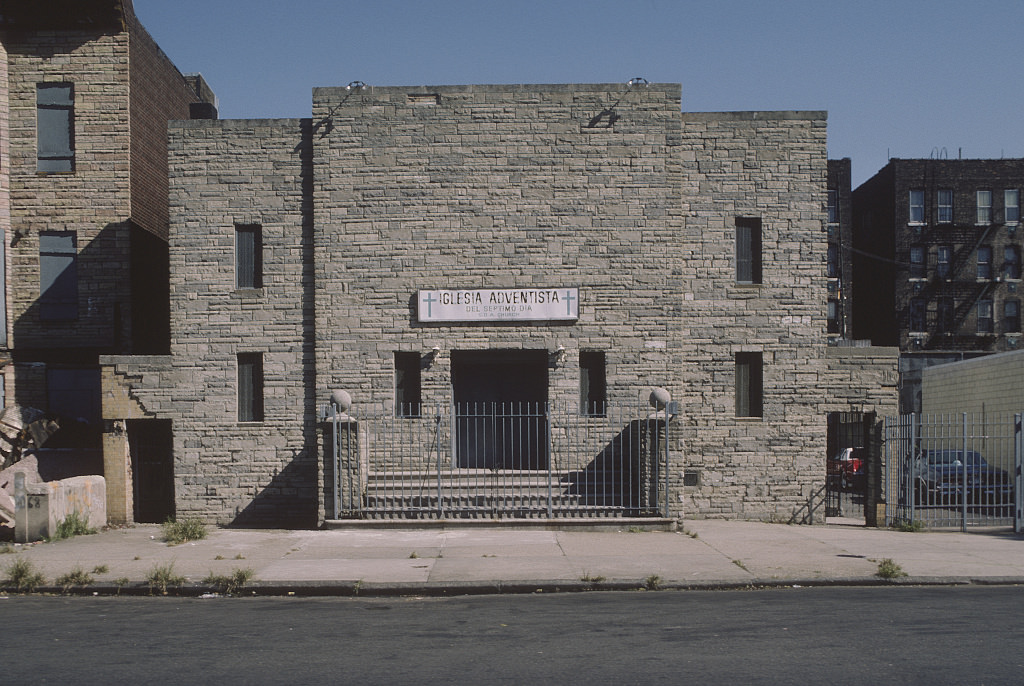
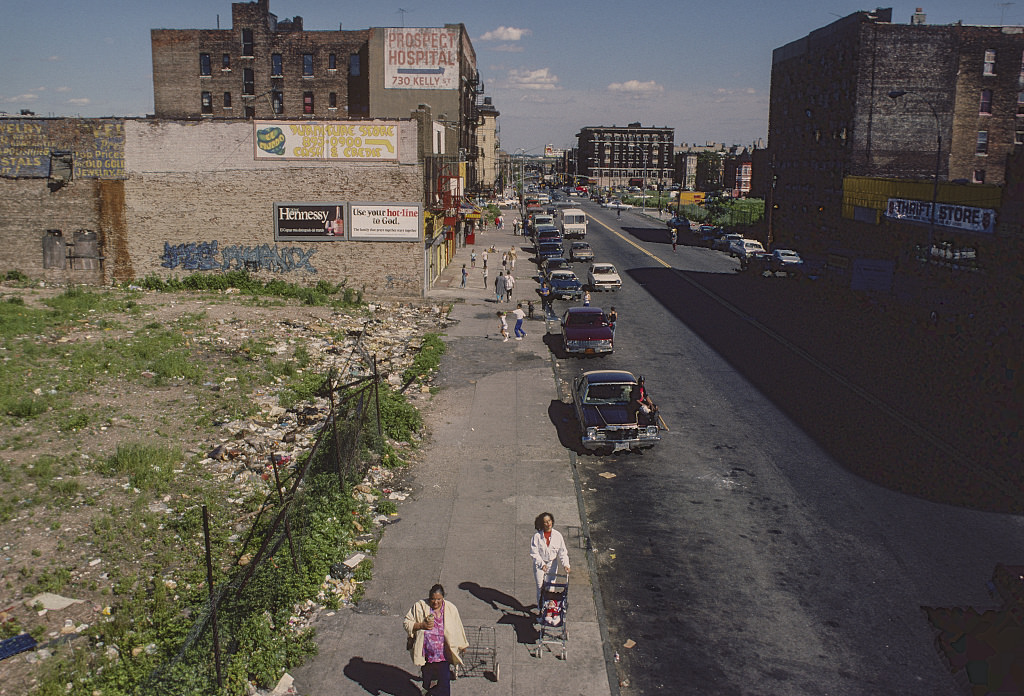
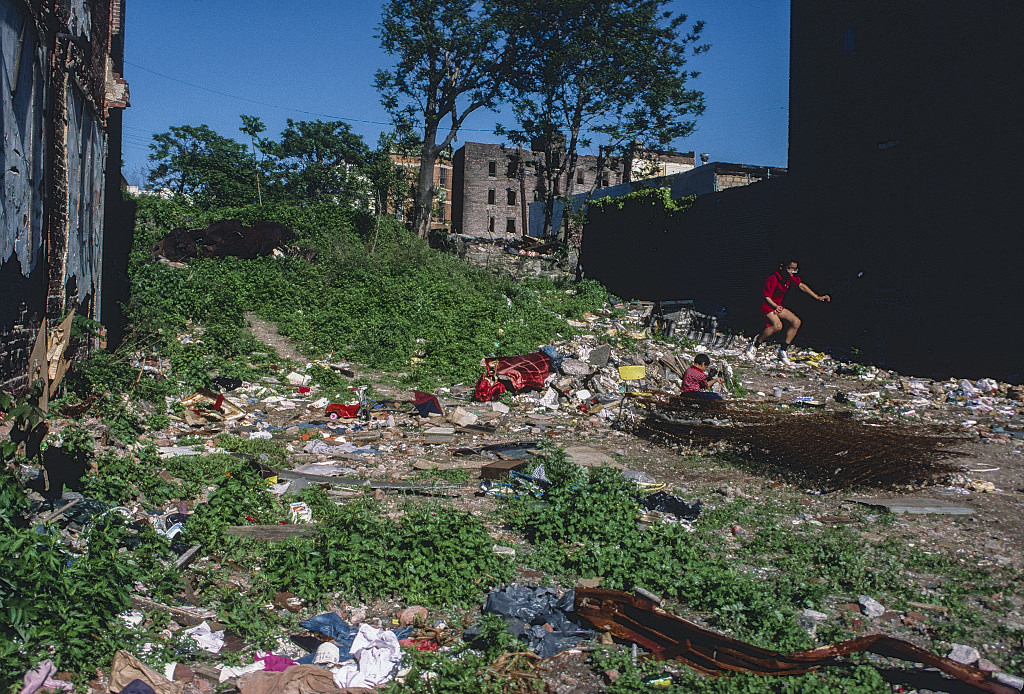
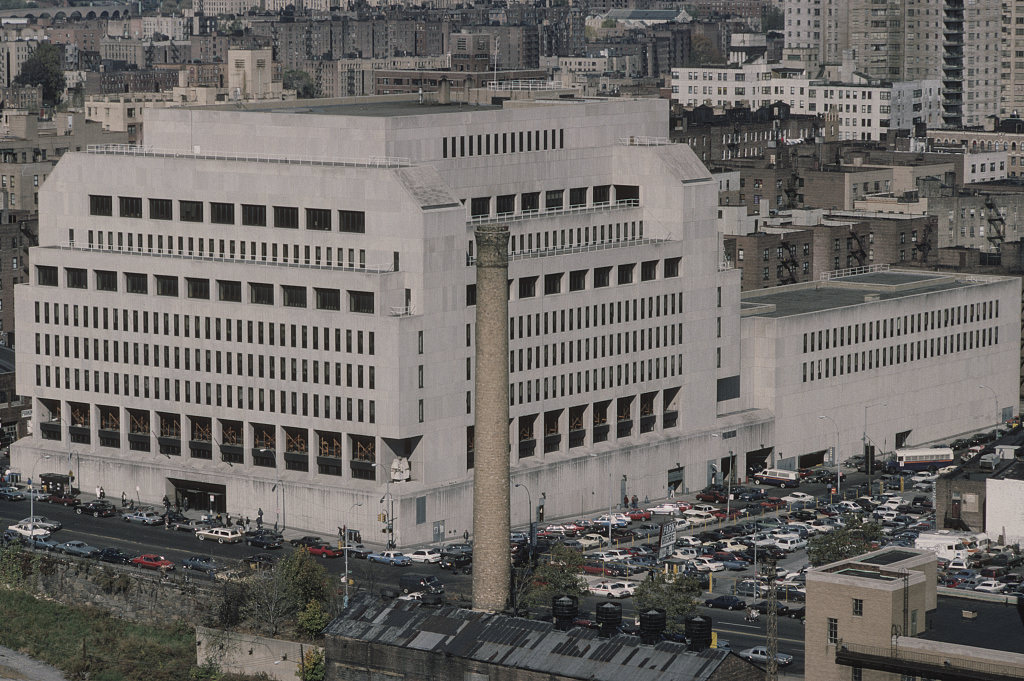
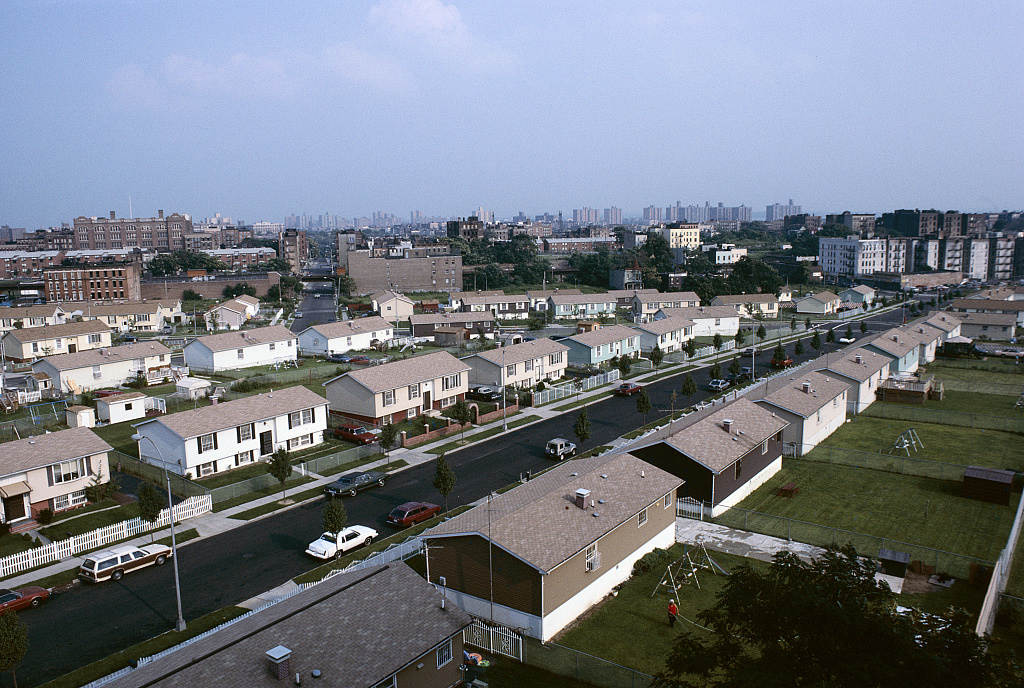
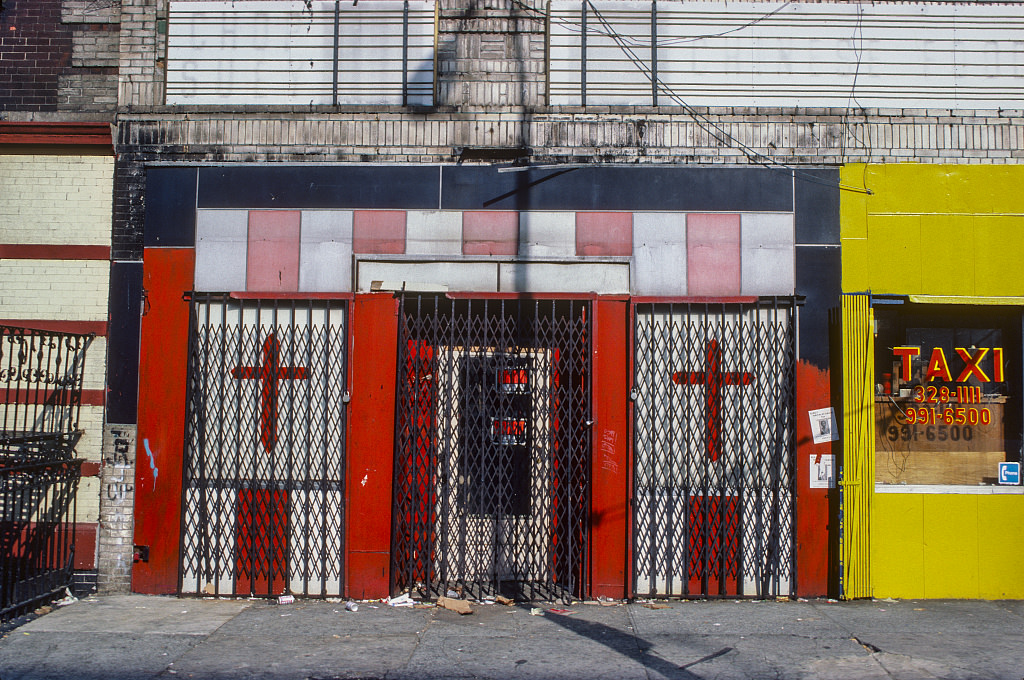
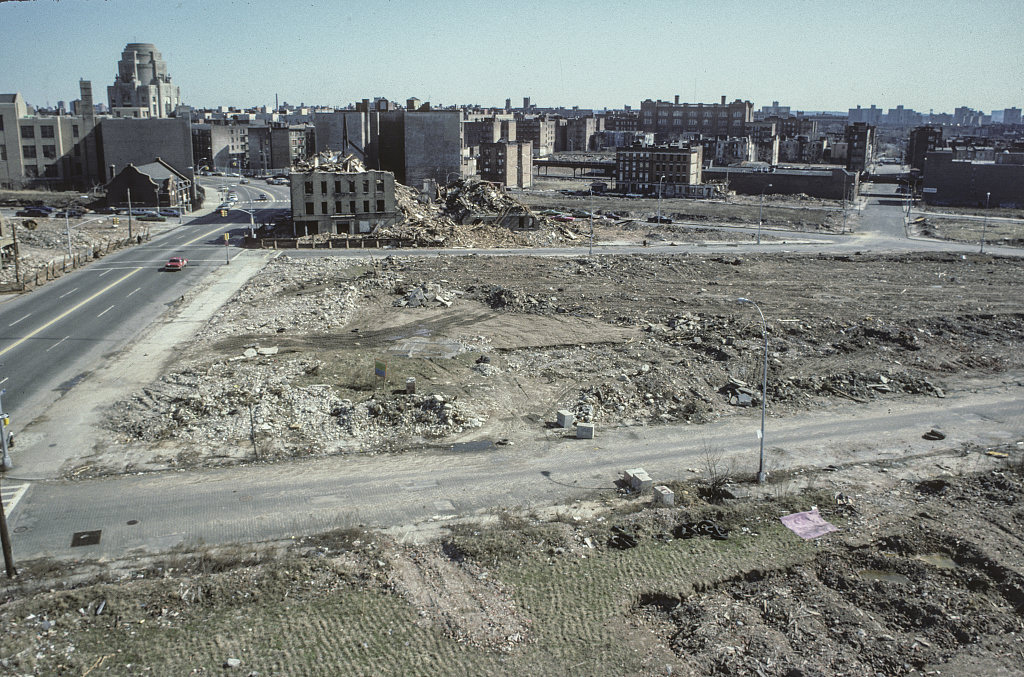
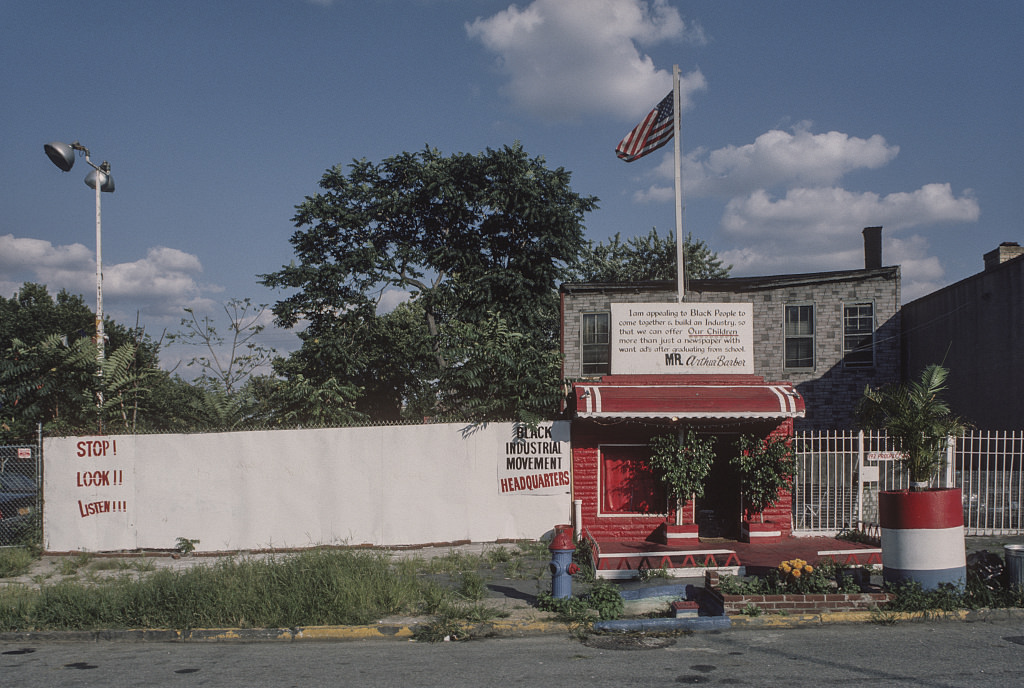
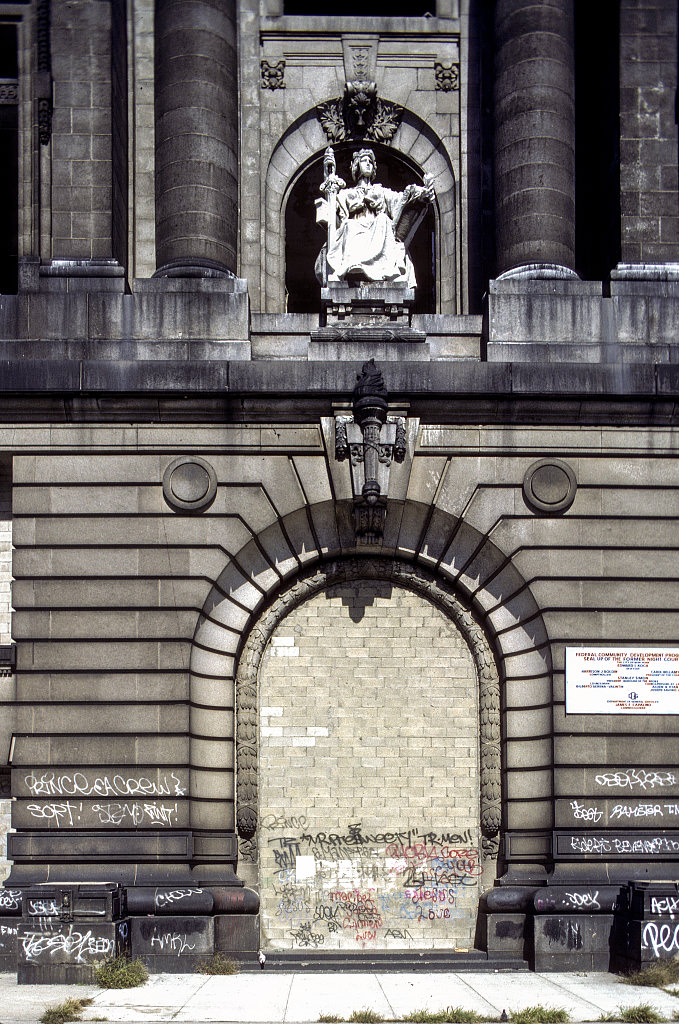
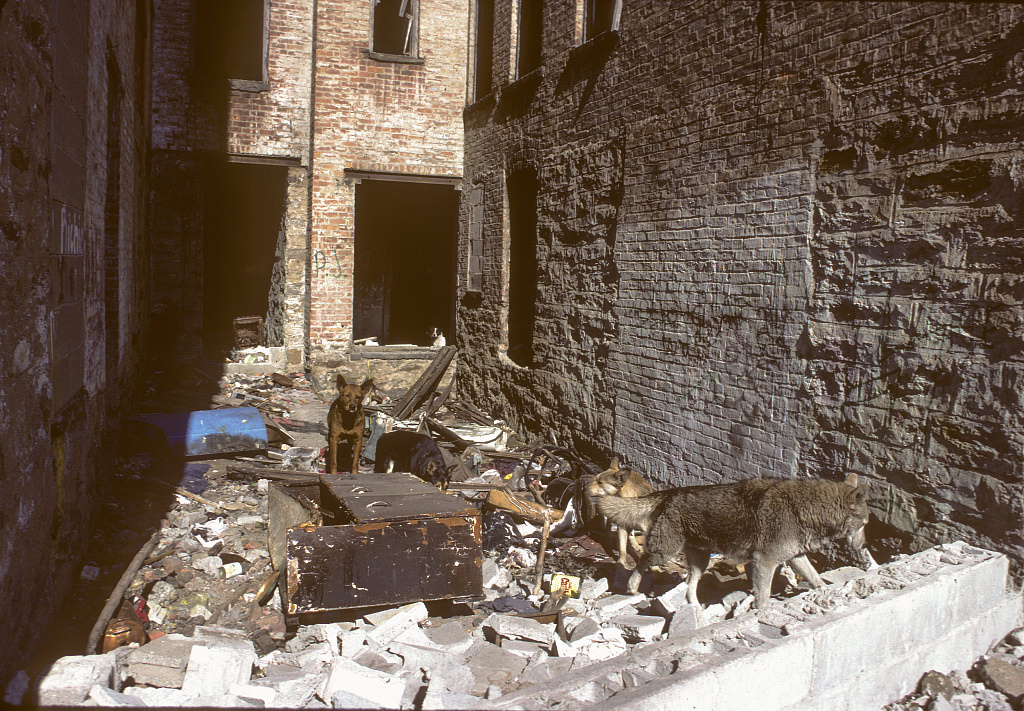

The photo titled “#17 A young man stands in the street in front of a bombed-out building in the South Bronx, August 1980” is the Northwest corner of Louis Nine Boulevard and East 170th Street. The camera is looking West along East 170th Street.